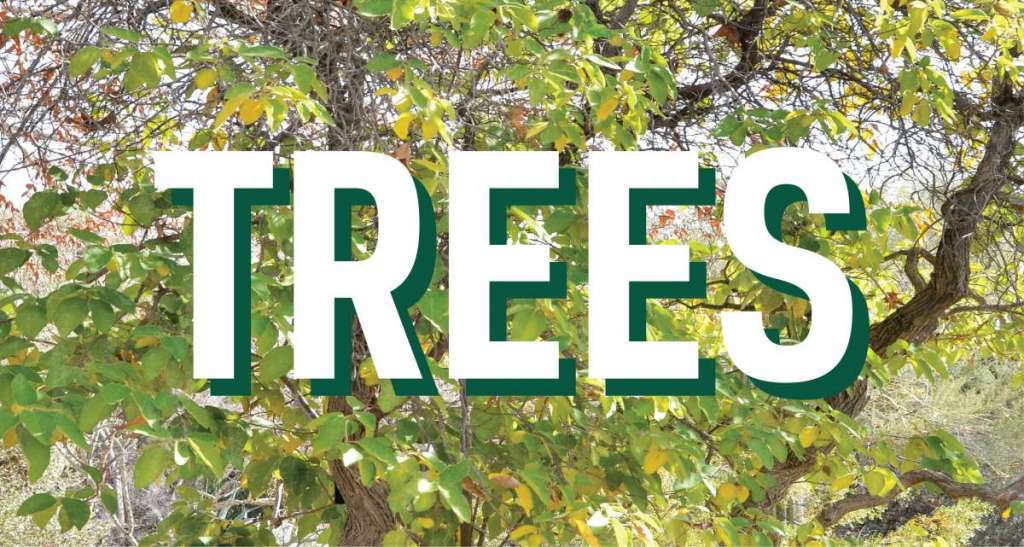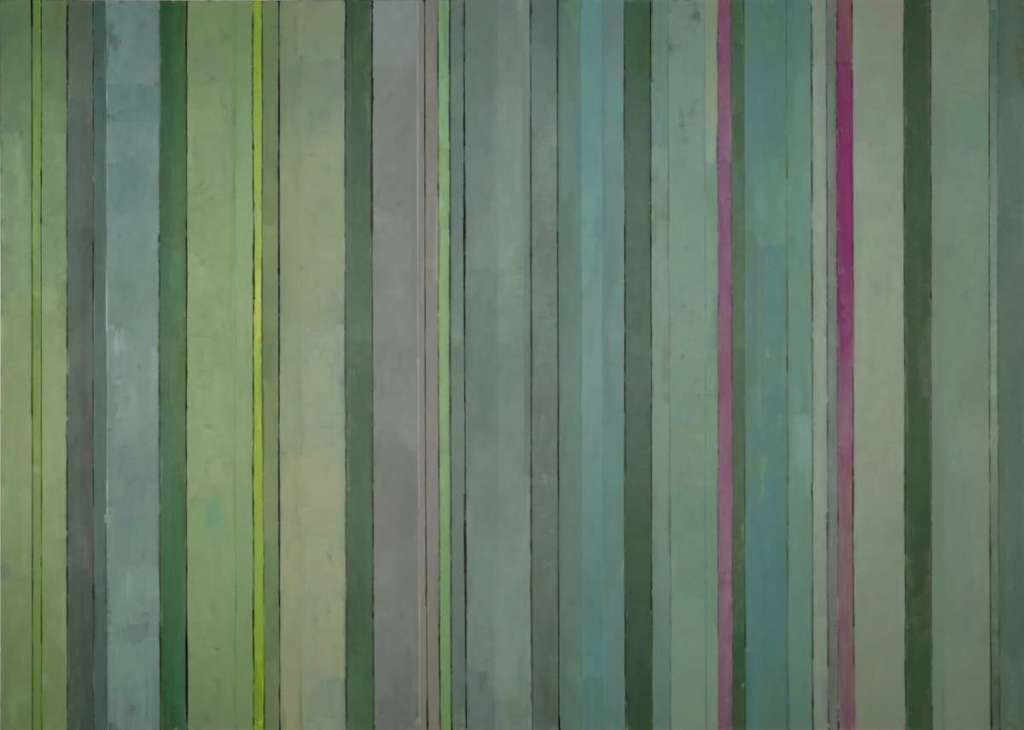(A gardener) is in fact a wilderness advocate of a certain kind. It is when he respects and nurtures the wilderness of his soil and his plants that his garden seems to flourish most. Wildness, he has found, resides not only out there, but right here: in his soil, in his plants, even in himself… But wildness is more a quality than a place, and though humans can’t manufacture it, they can nourish and husband it… The gardener cultivates wildness, but he does so carefully and respectfully, in full recognition of its mystery.
A garden should make you feel you’ve entered privileged space — a place not just set apart but reverberant — and it seems to me that, to achieve this, the gardener must put some kind of twist on the existing landscape, turn its prose into something nearer poetry. – Michael Pollan
Day 1 – History
A Brief History of Gardening
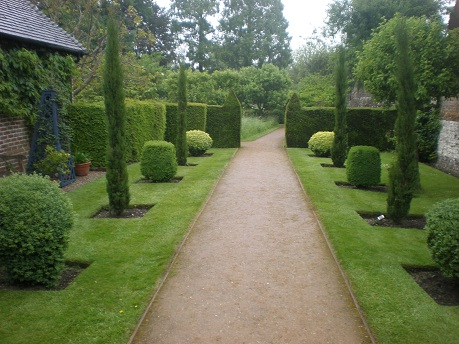
A Review of Garden History
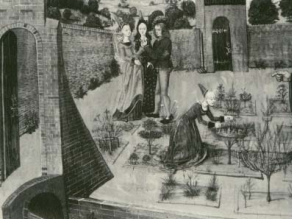
Timeline of American Garden History
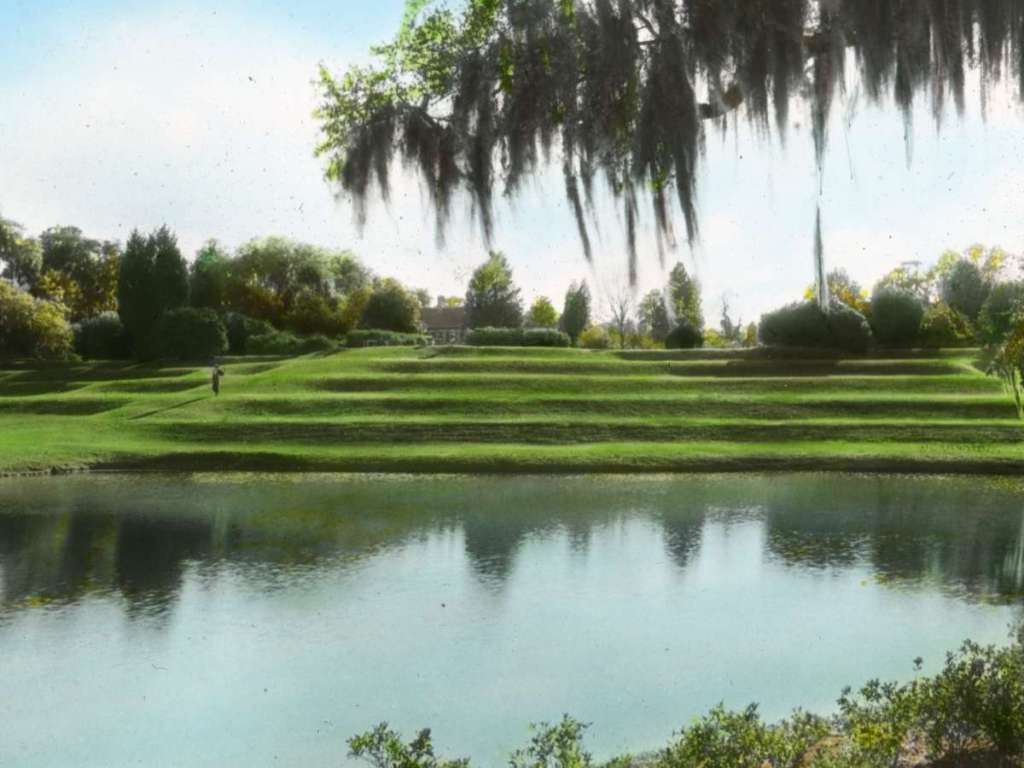
An American Timeline: Home Gardening in the U.S.
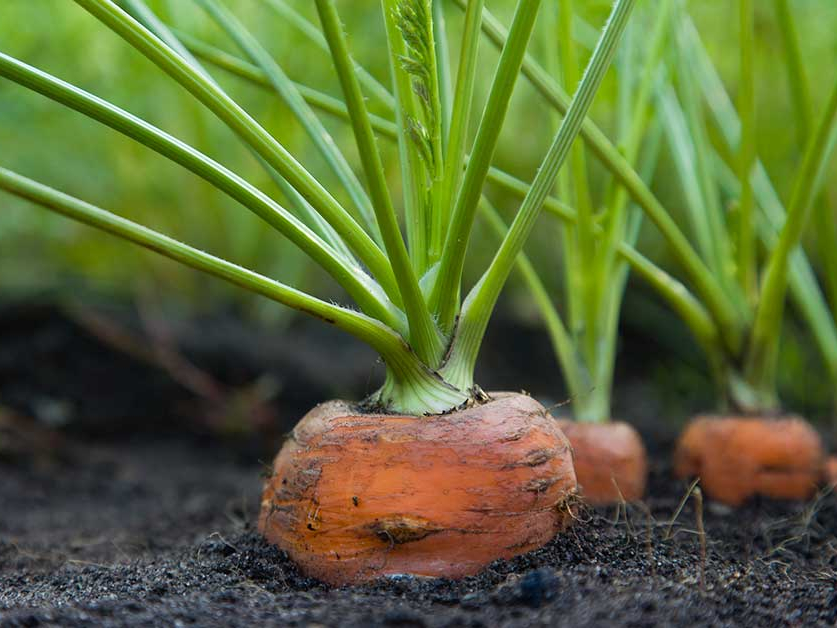
Gardens with Monty Don
The Secret History of the British Garden: Part 1
The Secret History of the British Garden: Part 2
[expand title=”MORE COUNTRIES” rel=”fiction”]
The Secret History of the British Garden: Part 3
The Secret History of the British Garden: Part 4
Japanese Gardens Part 1
Japanese Gardens Part 2
[/expand]
Why We Garden
The Psychology and Philosophy of Gardening
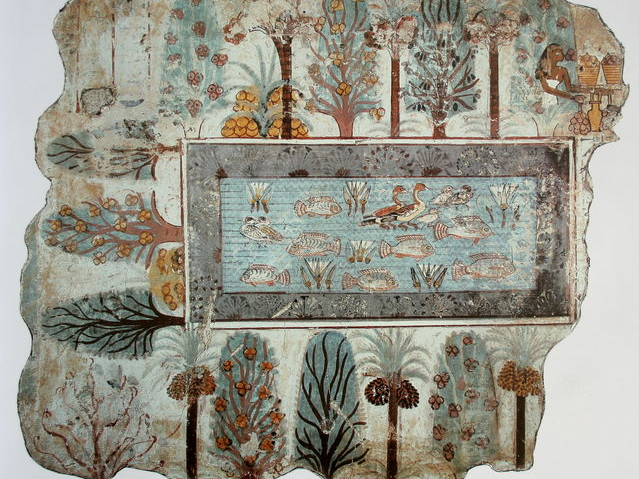
Improved Health, A Better Life, and A Greater World
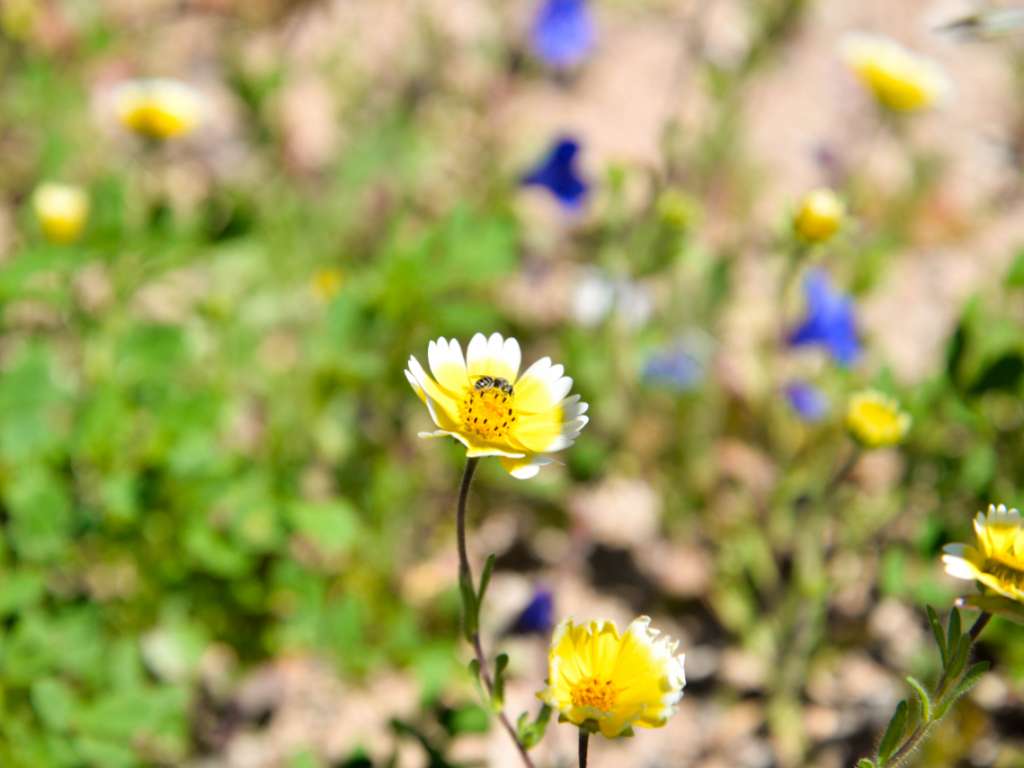
Free E-Books
Botany Primer
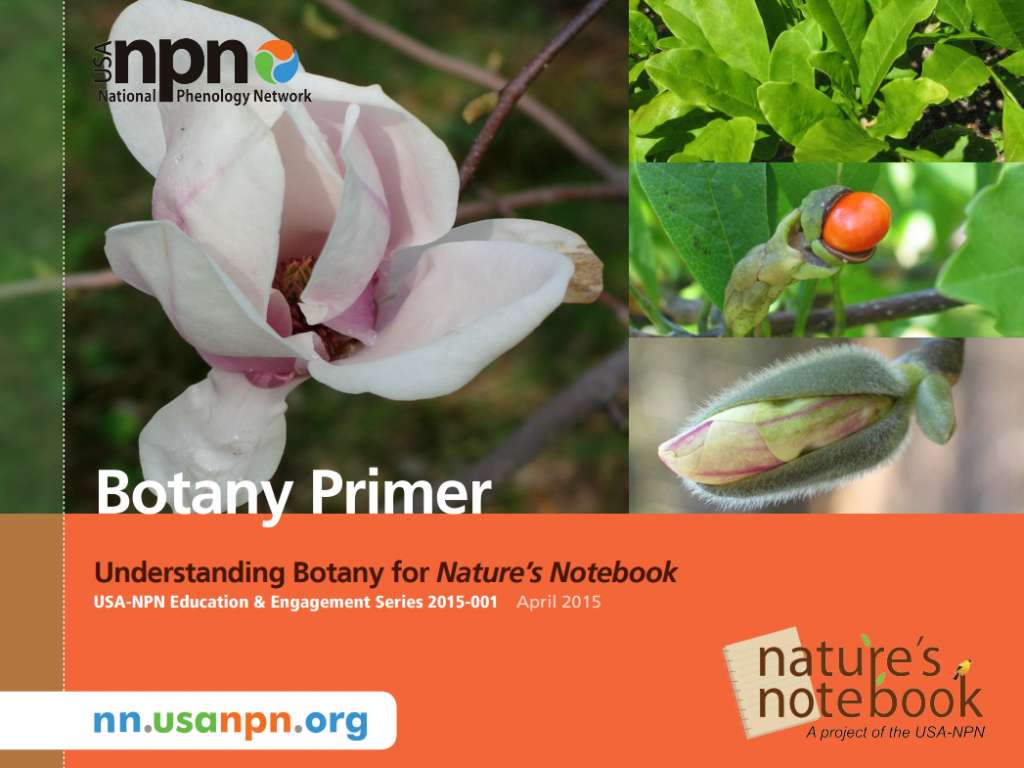
Bee Basics – Introduction to Native Bees
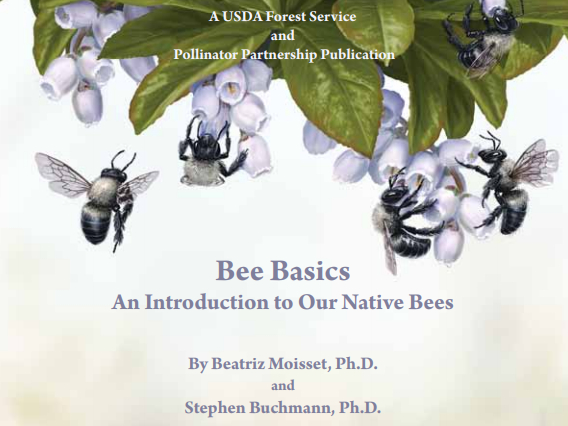
Day 2 – Designs
Xeriscape
The Great Xeriscape

Landscaping with Style
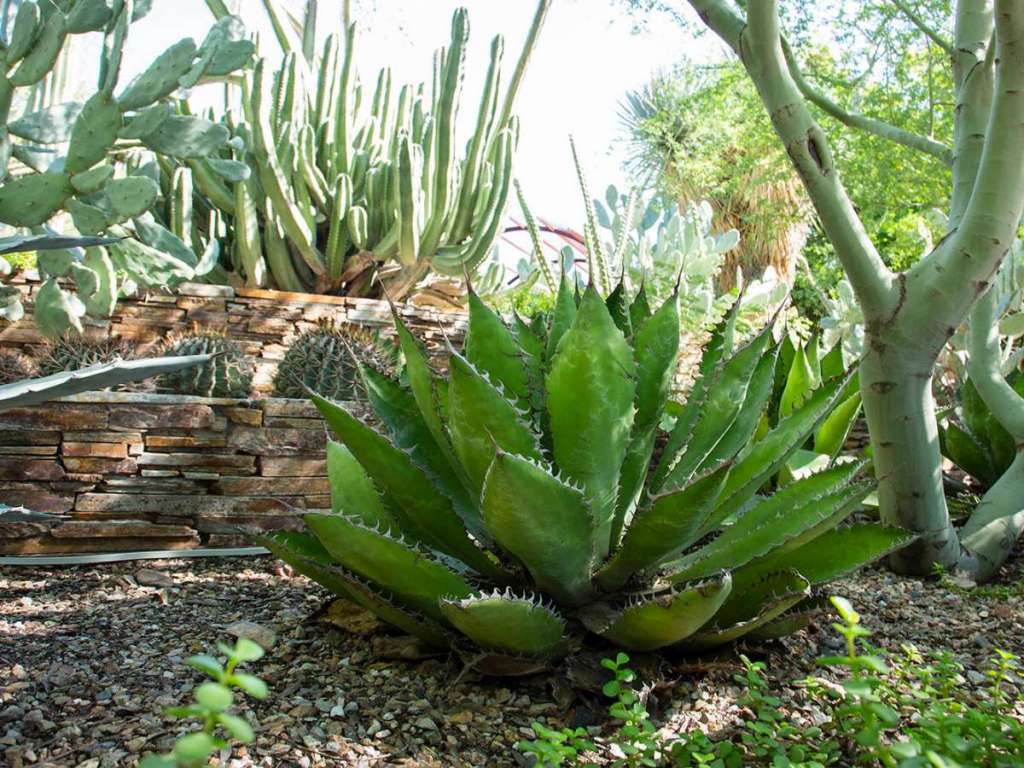
Principles of Xeriscape

[expand title=”MORE ARTICLES” rel=”fiction”]
The New American Garden
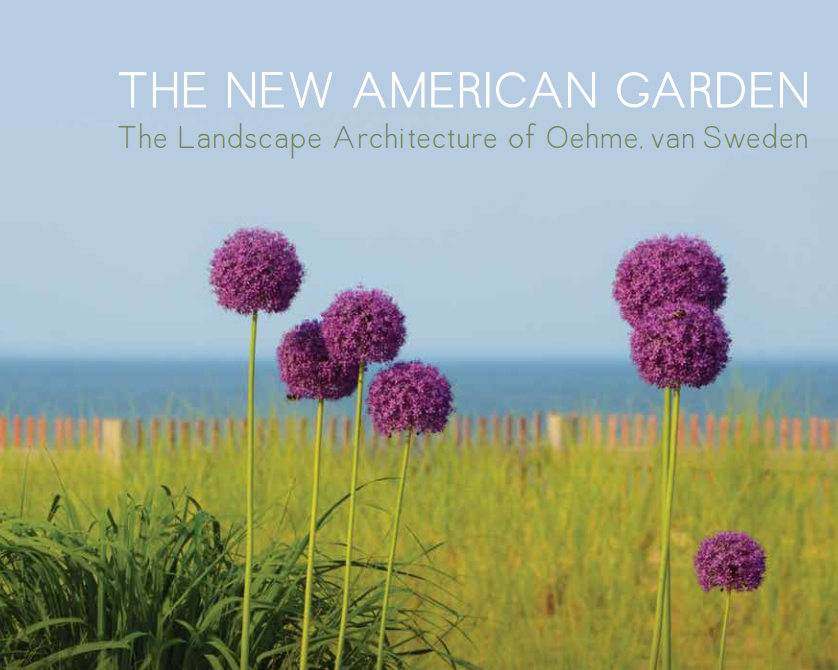
The Arizona Native Plant Society
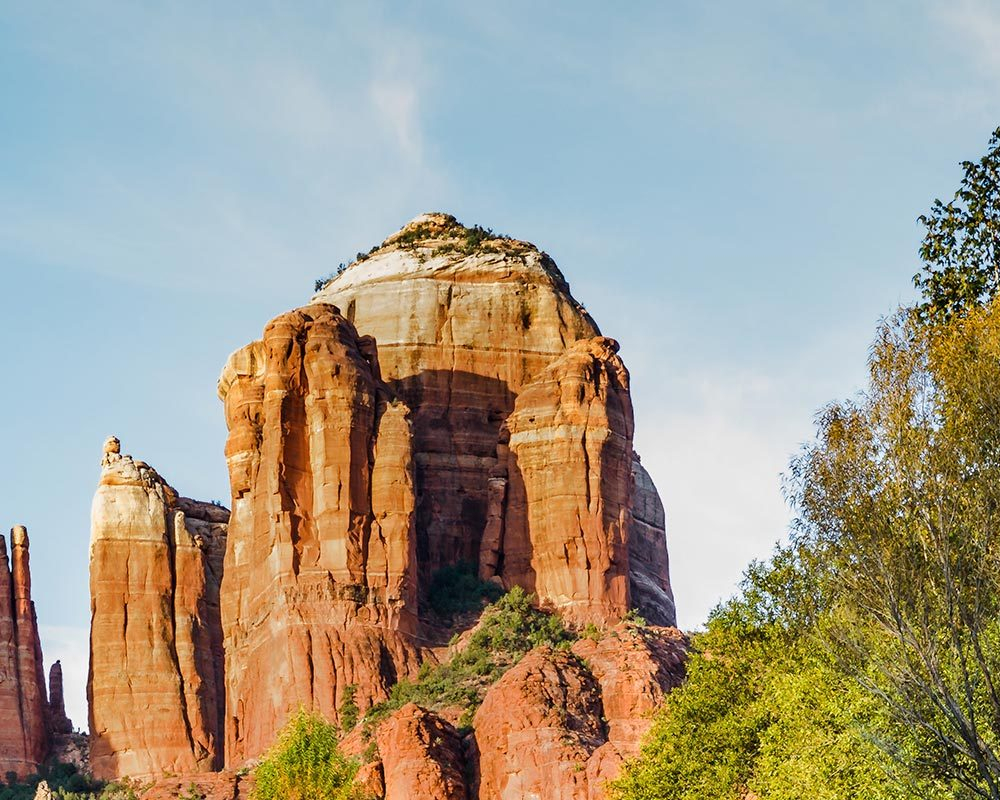
What is Xeriscaping?
How to Create a Desert Landscape
Why Should I Convert to a Xeriscape
7 Steps to a Xeriscape Smart Yard
How to Draw Landscape Plans
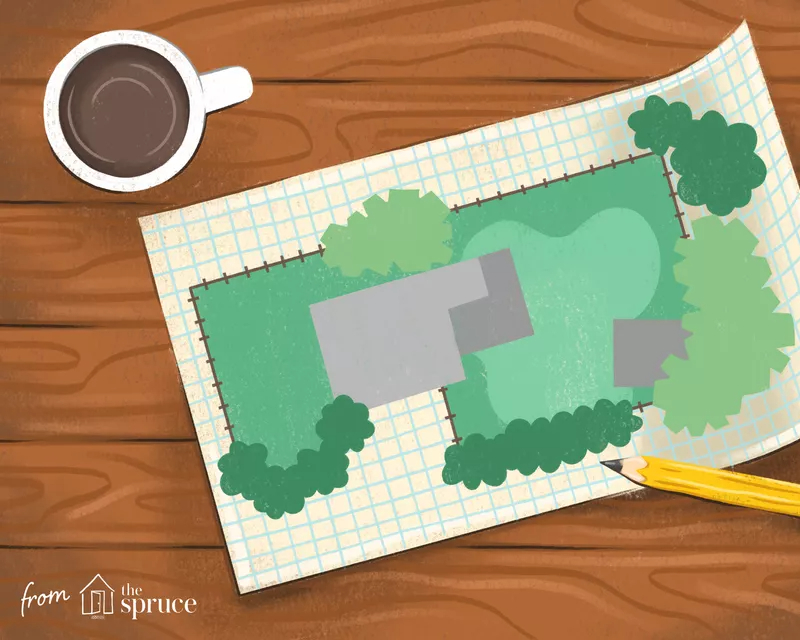
Draw Your Garden Design
How to use Google Maps to create a Landscape Base Map
Landscape Design
Part 1 – Site Planning
Part 2 – Line Drawing
Part 3 – Marker Rendering
[/expand]
Landscape Designers
Top 10 Most Influential

The 27 Most Iconic Landscape Designs
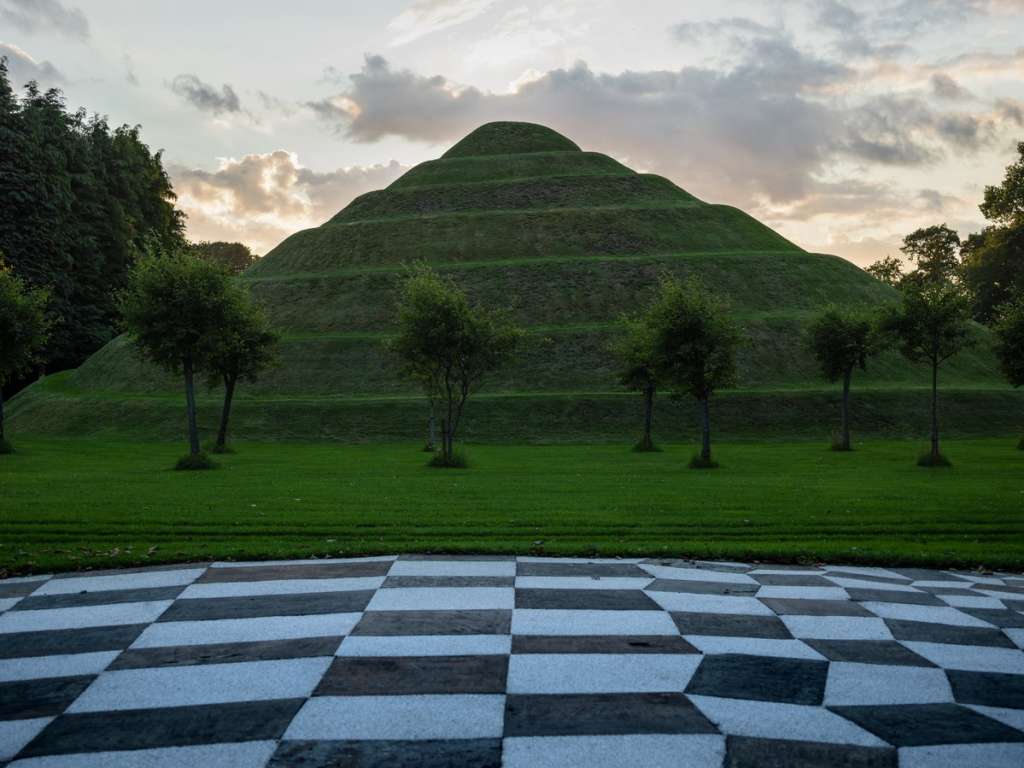
Landscape Architecture

Andre le Notre
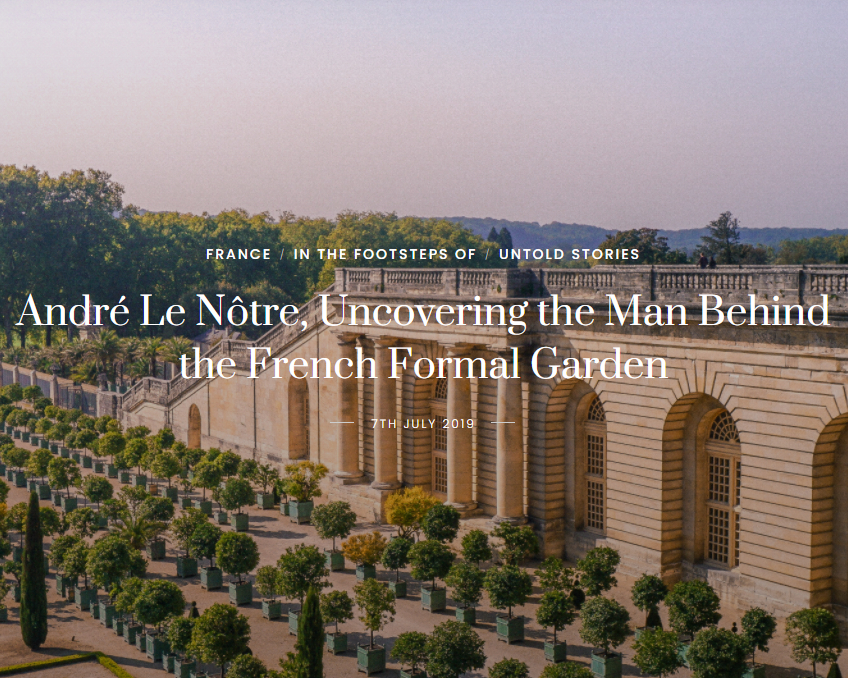
Capability Brown
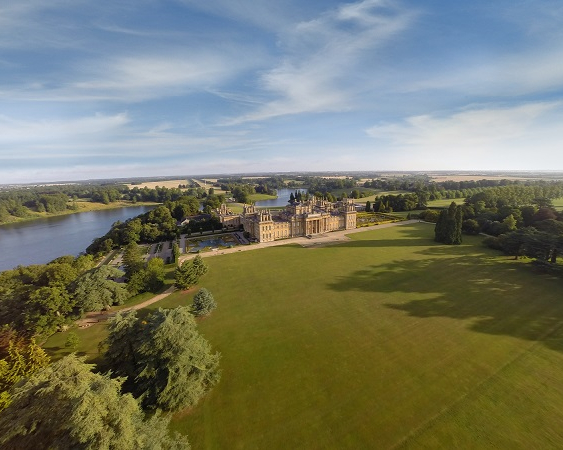
[expand title=”MORE DESIGNERS” rel=”fiction”]
Gertrude Jekyll
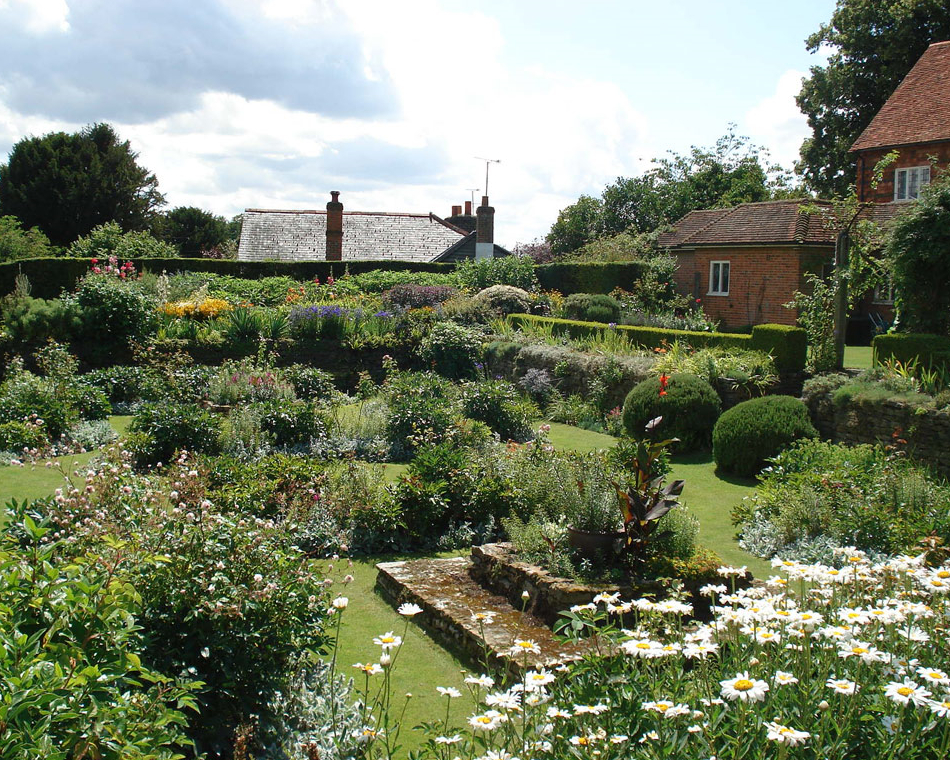
Frederick Law Olmsted
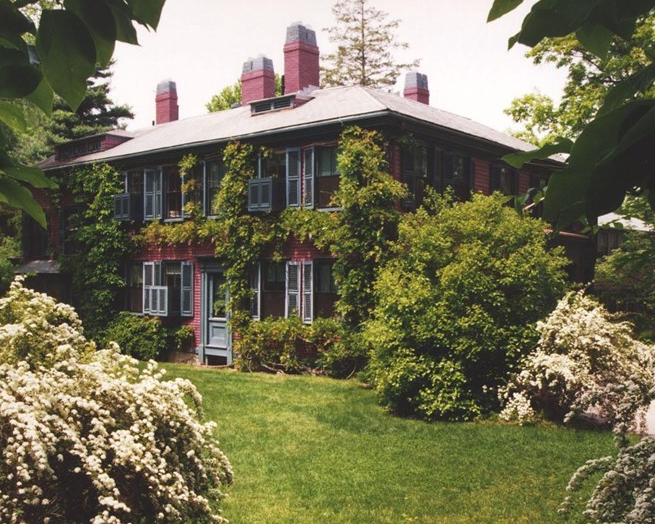
Penelope Hobhouse
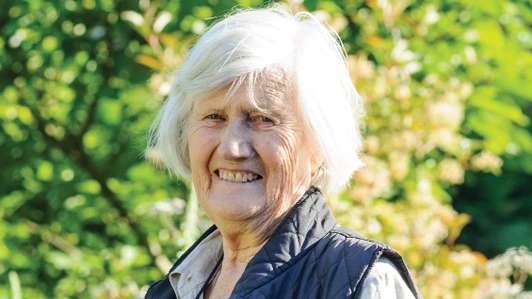
Tom Stuart Smith
Mary Irish
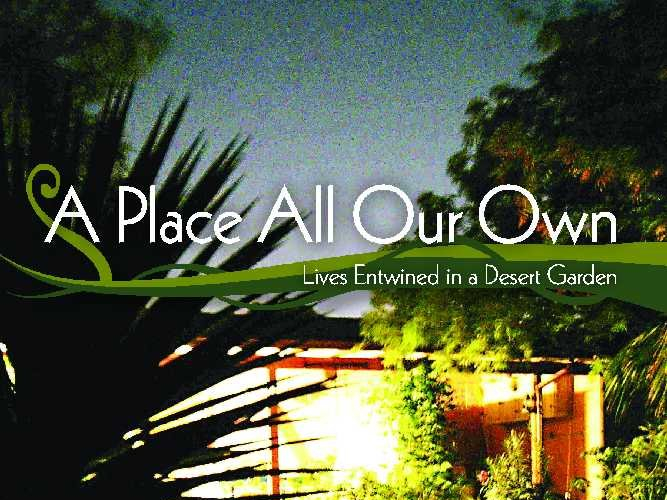
Scott Calhoun
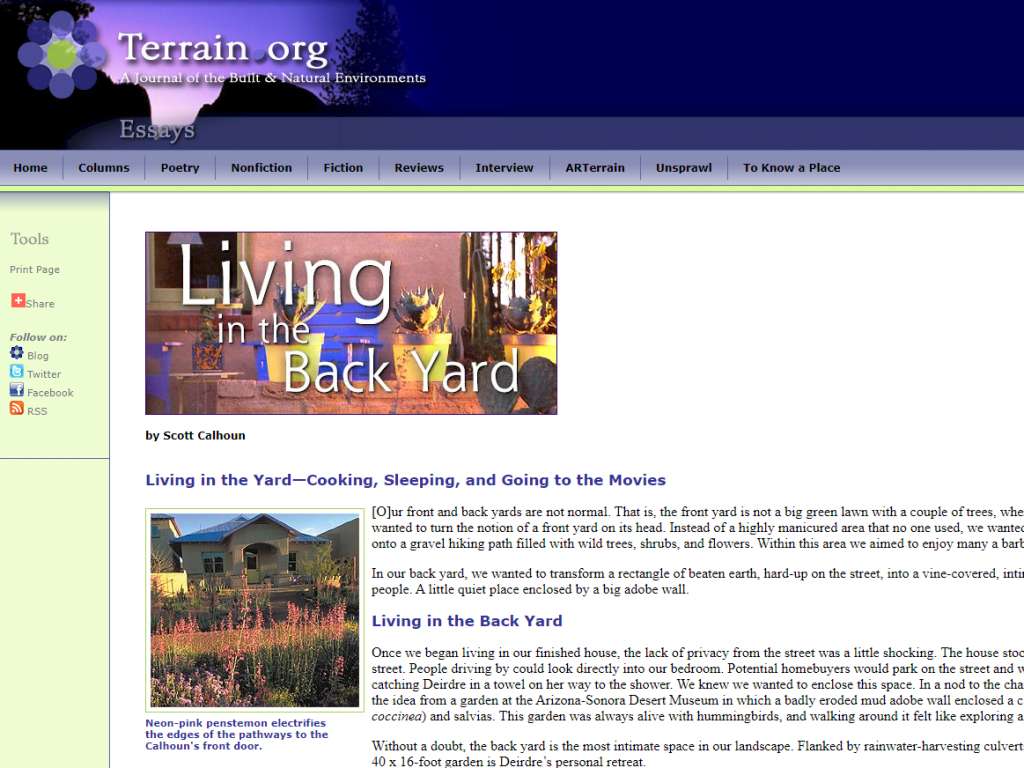
[/expand]
Public Gardens
Enveloped in American Gardens
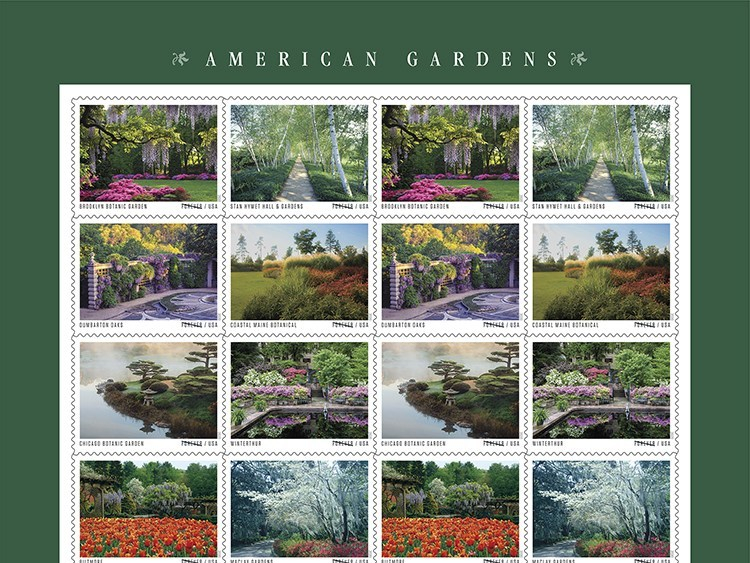
American Horticultural Society

American Public Gardens Association

Water Harvesting
Using Gray Water at Home

Passive Water Harvesting
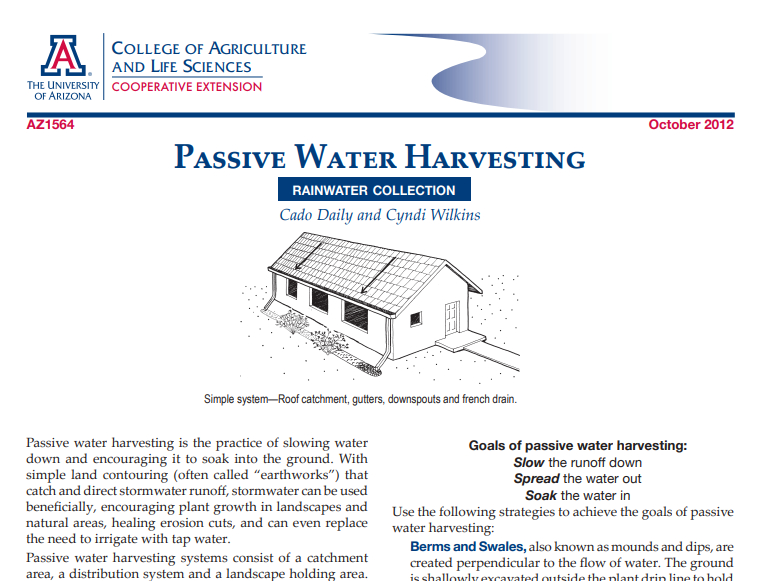
Harvesting Rainwater
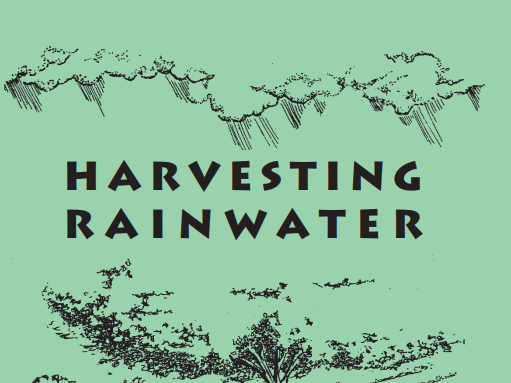
Resources
Plants for the Arizona Desert
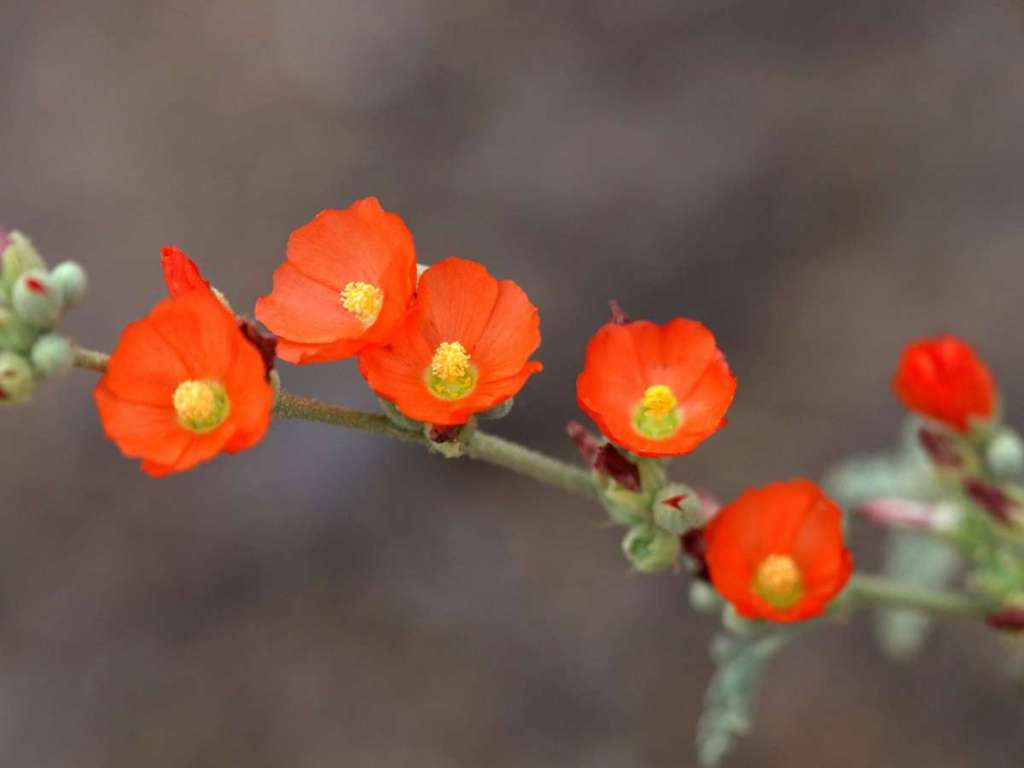
Low Water Use Plants
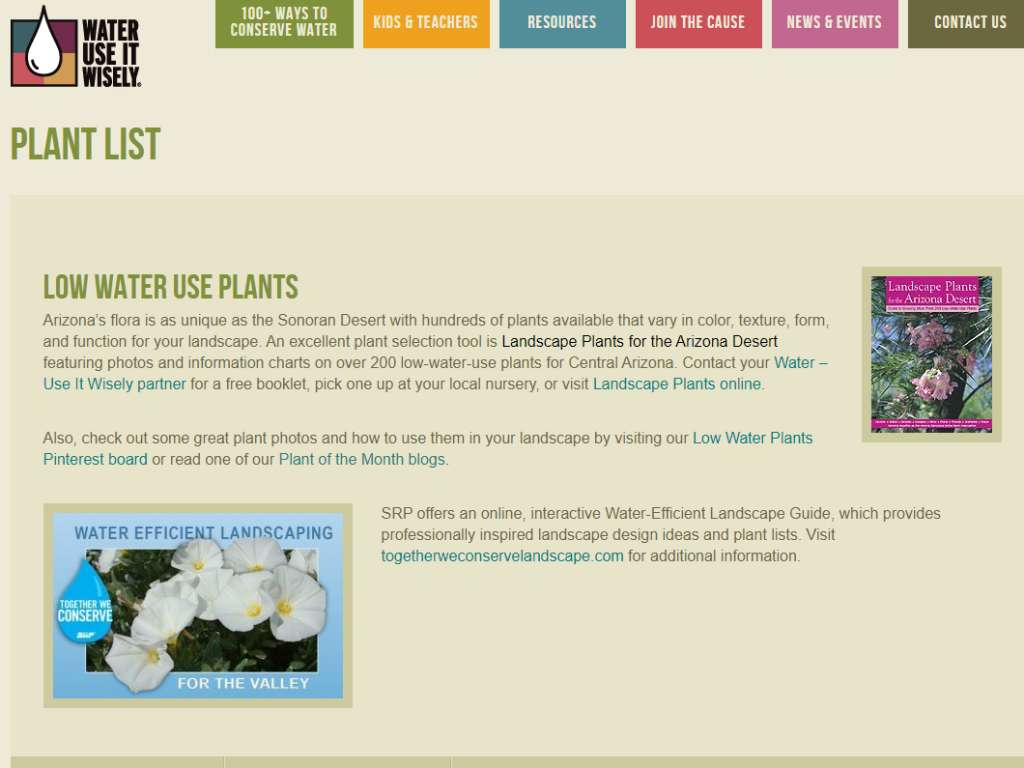
Totally Tucson
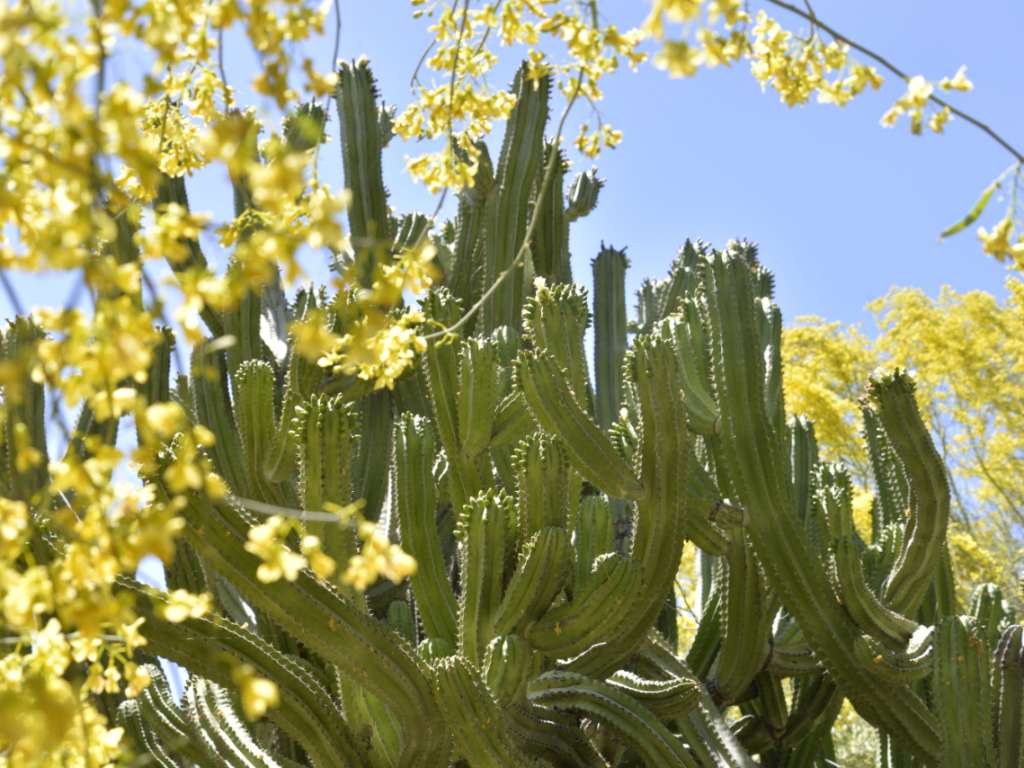
Tucson Cactus & Succulent Society
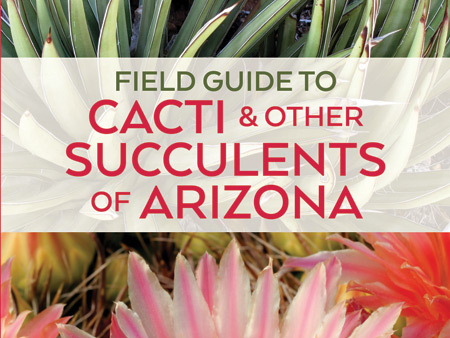
Videos
The Art of the Garden
How to Draw Garden Scenery
The Art of Botanical Illustration
Climate Zones
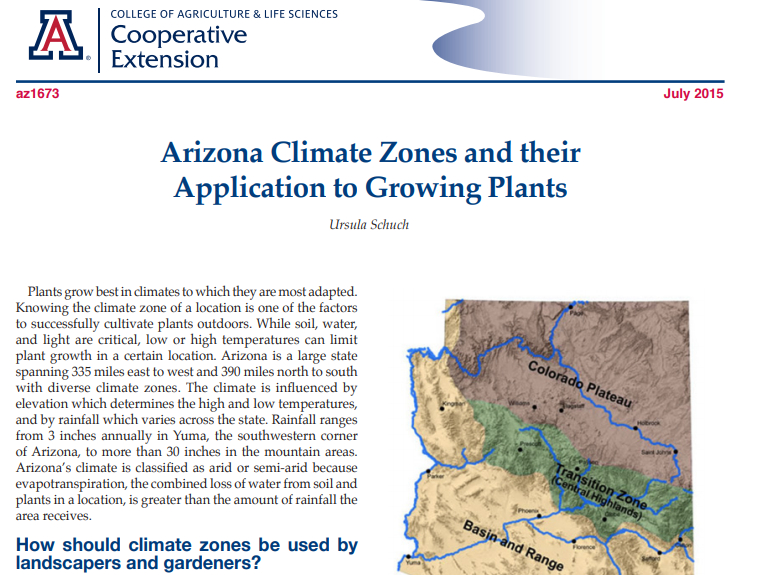
SW Gardening Regions
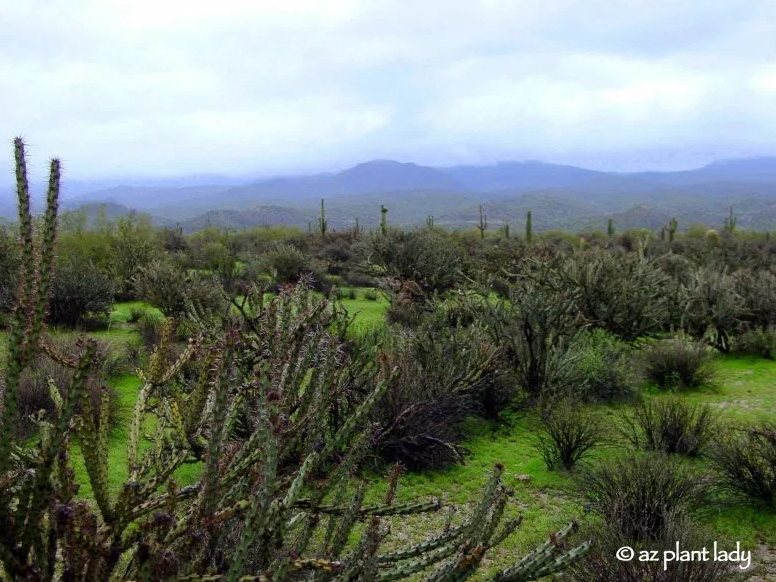
Arizona Gardening Tips
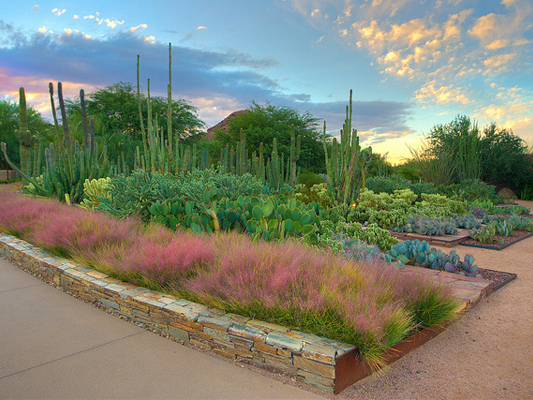
Arizona Plant Lady
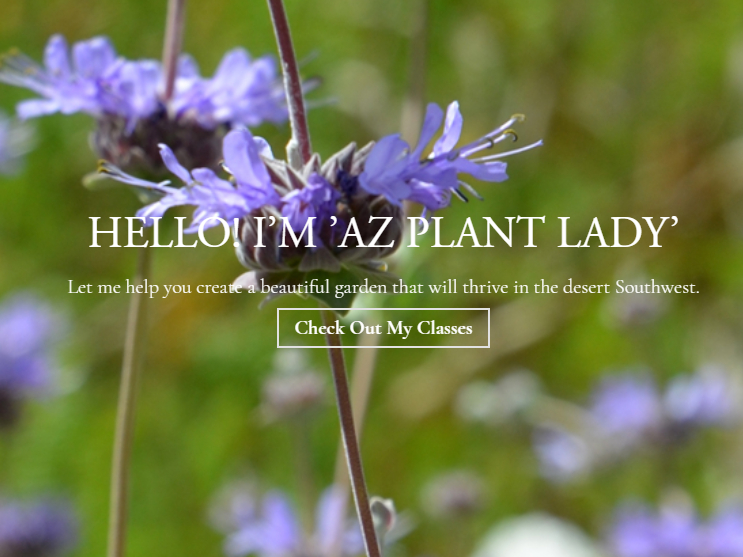
Monthly-To-Do List
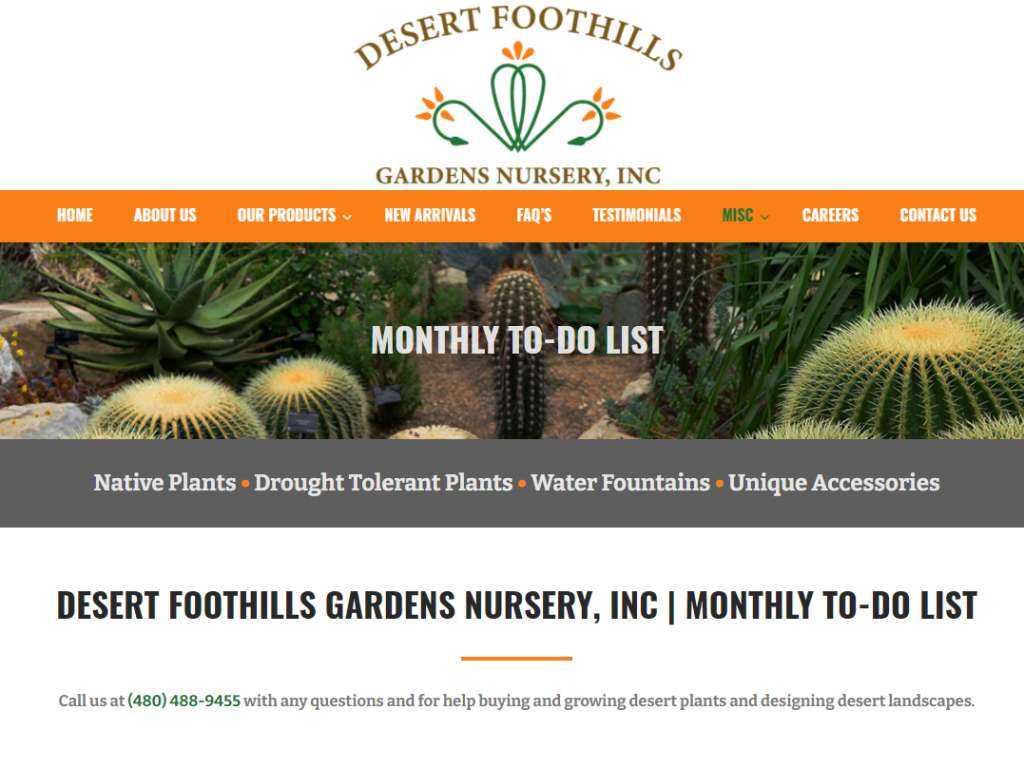
Pima Master Gardener Program
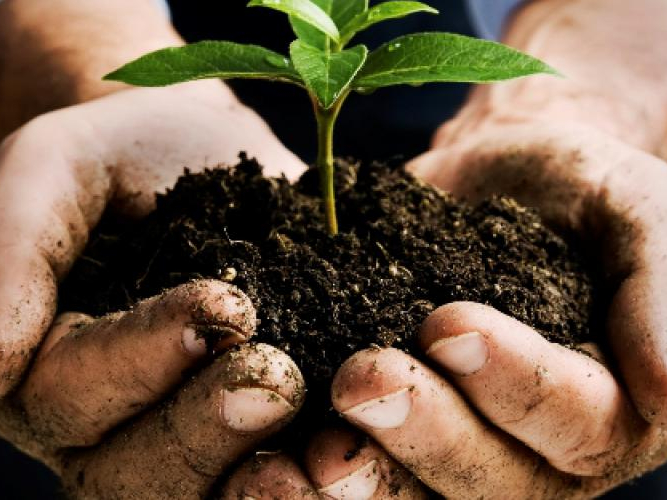
Care & Maintenance
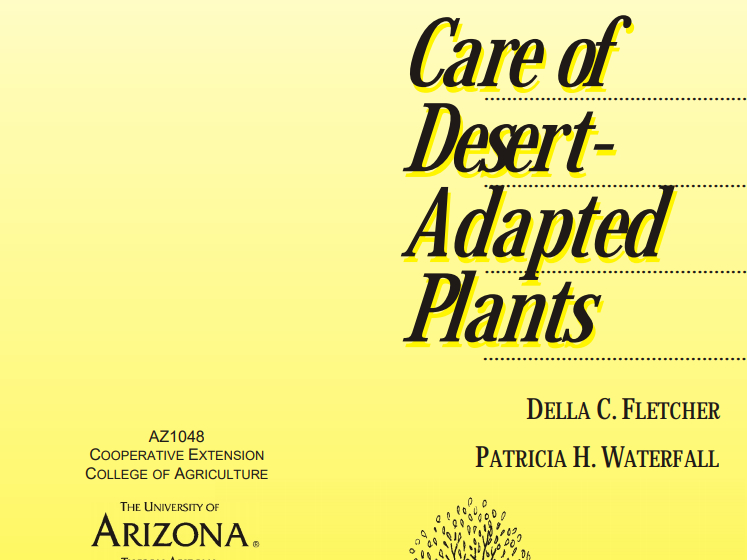
Landscape Care

Watering Trees & Shrubs
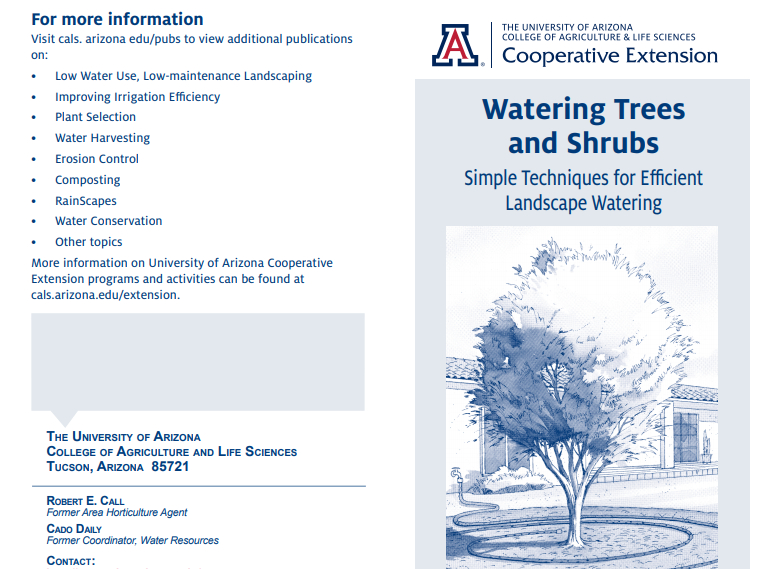
Watering Landscape

Pest Management
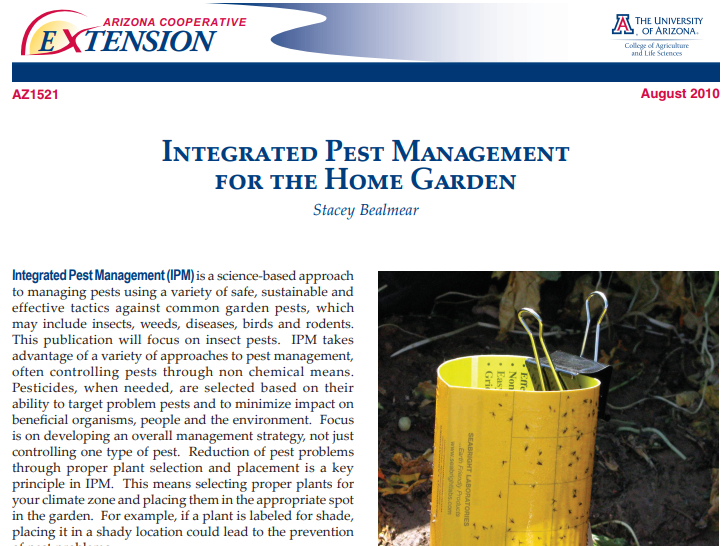
Day 3 – Artistic Expression
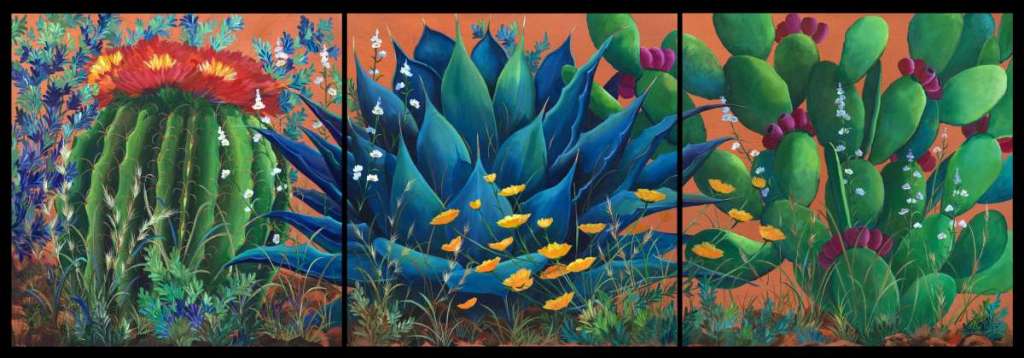
Download this week’s coloring sheets featuring Gardening!
Get To Know The Artists
Sharon Nemirov
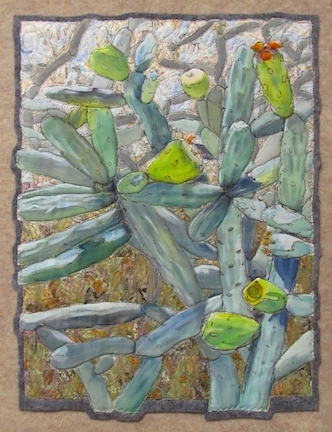
Cholla in the Clear Light from the Cholla Studies Series
“The ubiquitous, yet mysterious Opuntia species, commonly known as the cholla, is fascinating with its highly sculptural and complex form and its varied colorations. Knowing I wanted to use
More
the plant as the subject in my fiber art, I began exploring the various ways to depict it in an intriguing way. Starting with a piece of plain white woven cotton, in this work my aim was to combine drawing, painting and stitching, along with some supporting role fabrics (small scraps under netting), to create this mostly realistic image. I created an interesting contrast between the depiction of the smooth, light-reflecting outer skin of the cactus and the soft texture of the felt fabric on the outside frame. I like to imagine that basking in the clear light of an early spring day, this cholla enjoys what is likely one of the last of winter’s cool days for many months to come. This Cholla Study Series has been an exploration of fiber art techniques of this curious plant and of our Sonoran Desert environs.”
“My inspiration springs from observing the natural world and my intent is to create works of art that will captivate and enrich. After many years making studio pottery, I left the tactile realm of ceramics to explore that of textiles. Fiber art, like pottery, also includes a reference to function (i.e. clothing, bed quilts), yet my aim is to create works in a purely visual fine art role. Using cloth and thread, color and texture, I share my fascination with the landscape and the milieu of plant forms. I especially have an affinity for leaves of all kinds.
Like all representational art, I believe there is a dual advantage, one is the highlighting of the subject matter; the other is to delight, intrigue and inspire with the techniques, craftsmanship and materials themselves. My materials include new and used (recycled) textiles of all types and fiber content (including a large collection of men’s silk neckties), my own hand dye-painted fabric, including plain and over-dyed commercial fabric, my photography printed on cotton or silk, all types of threads, trims, yarns, laces, vintage linens, textile paints, markers, and more. As I am also actively painting en plein aire with watercolors, I work to merge the two mediums by drawing and painting directly on the fabric from life. Creating art to embellish our surroundings satisfies my compelling need to design and construct, to make a tactile commemoration of the visually beguiling world around us.”
Tamara Scott-Anderson
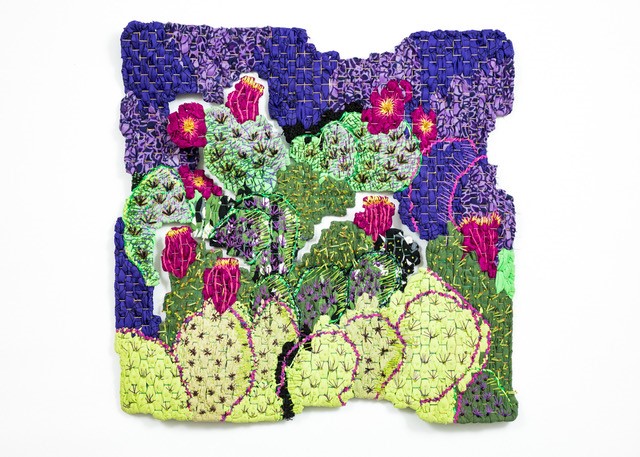
Prickly Pear Patch
“In Prickly Pear Patch, the use of beads and embroidery stitches give the visual and three-dimensional spiny texture to the desert plant. An individual flower of a prickly pear is only in bloom for about 12 hours; however, flowering does not occur all at once. The plants flower for several weeks. A variety of bees feed on pollen and nectar; they climb out
More
from the stamens and up to the stigma where they take off, leaving the flower and depositing pollen as they go. Because the bees are visiting numerous flowers in a single flight and the flowers they visit are protandrous, pollen can be transferred from one flower to another and self-pollination can be avoided.”
Based in Tucson, AZ, Tamara Scott Anderson has been working as an artist for over 30 years. With contemplative intention, she brings together a blend of weaving, stitching and beading to create her unique 3-dimensional textile wall sculptures that include expressionistic desert landscapes, desert flowers and, most recently, the ‘Street Pieces’ series.
To learn more about Tamara and her work, visit https://www.tamaraartist.com/
Robin Chlad
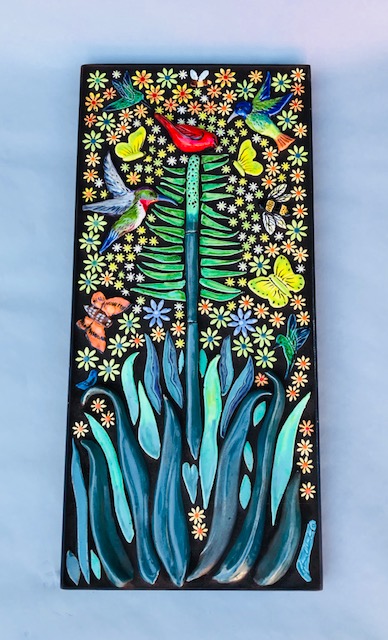
A Symphony of Nature
“A Symphony of Nature is inspired by the octopus agave cacti. This particular agave has wild untamed leaves that seem to reach out in all directions.
More
The flower stalk is amazing to watch grow from the center of the plant. From a distance, it appears fuzzy, yellow and green. Up close, you can see the pollen in all its glory and the sweet smell that attracts many pollinators like ones seen here: bees, butterflies, birds, hummingbirds and moths. Under a microscope, the pollen are like teeny tiny flowers floating in the air surrounding all those flying creatures. It is a symphony of nature.”
Robin Chlad has been an artist all her life with a focus on ceramics in all forms. Originally from upstate New York, she has lived in Tucson since 1986. She attended Pima Community College in 1987 and started her ceramic design business in 1989 calling it Art & Clay Designs. She started out in the wholesale sector with a product that catapulted her into not only an artist but a businesswoman as well. As she developed a flair for marketable clay products, she began to fill custom orders for fun functional pottery, tile mosaics, sculpture and unique ornaments.
Robin’s work is referred to as contemporary folk art with a lean toward southwest. Her work is playful, bright, bold and well executed. Her collectors recognize the quality and craftsmanship she puts into each one of her art pieces. Her inspiration comes from God, nature, and the southwest culture in which she lives.
She combines her talents and experience to share with homeless women at the Gospel Rescue Mission. Volunteering monthly, Robin, in her own way, gives respite to the ladies and finds it very rewarding
To learn more about Robin and her work, visit https://robinchladdesigns.com/
Susan Libby

Desert Nectar
“Amidst the desert hills in springtime flow the floral fragrance of cacti, flowers and grasses. This spicy and poignant aroma is the exquisite pollen, a delicacy, which is savored by the industrious pollen gatherers. They flit and fly from one delightful scent to another, creating a diverse and integral pollen path, each plant and gatherer necessary and dependent on one another for the deserts survival.”
More
Susan’s artwork encompasses vivid and clear colors, reflecting the various tones and spontaneity of nature. Inspired by wildlife and the outdoors, her paintings portray gentle and often humorous images. Her work includes traditional watercolors, as well as bright, vivid images with acrylic on wrap canvas, which have a style of their own! As an illustrator for many years, her love of depicting the natural world shows in her paintings. A large variety of prints are also available.
Having participated in numerous gallery, juried, and private shows around the country, Susan’s vibrant artwork has a strong and steady following. After living in Wyoming and Colorado, and fifteen years in New England, she is a native of southern Arizona and lives in Tucson.
To learn more about Susan and her work, visit http://www.susanlibbyart.com/
Day 4 – Artistic Interpretation
Barbara Rogers
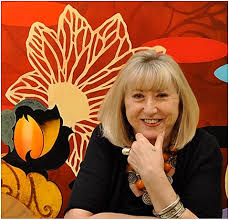
“What remains consistent in Rogers’ work is the garden and her love of and respect for nature. From her earliest airbrushed paintings depicting nature as a pleasurable paradise—to her acrylics delineating nature as sublime destroyer to her oil paintings expressing nature as a submissive participant in the formal garden—to her mature works depicting nature as having won the battle. Rogers continues to revel in the awesome beauty and power of the elements and humankind’s relationship with the life forms that exist within them.” – Julie Sasse
on Gardens
In the 1940’s I grew up in rural Ohio. Gardens were always near the back door and the source of all the fresh or canned fruits and vegetables needed for every meal year round. I don’t think I knew of the existence of grocery stores until our family moved to a small Ohio city. Lettuce grew even in the winter in a ‘cold frame’ down into the earth with a window covering it to let in the sunshine and keep the crops warm.
[expand title=”READ MORE” rel=”fiction”]
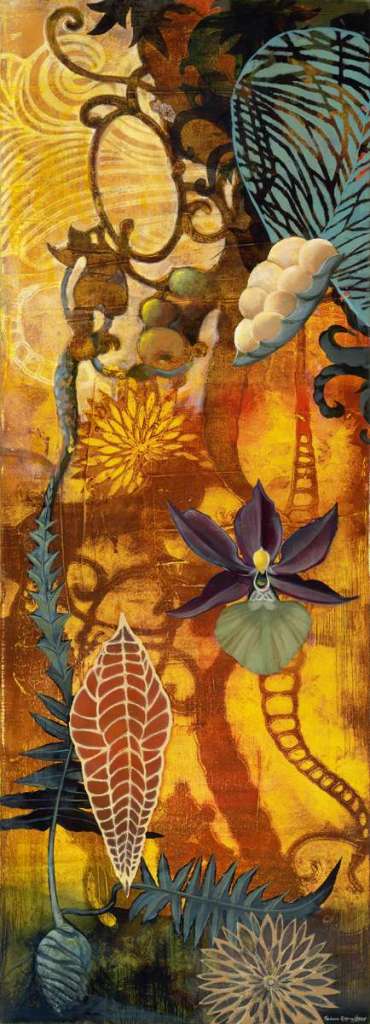
The garden wasn’t just a space I was expected to help in; it was a miraculous producer of delicious food and beautiful flowers that always drew me to it because there seemed to be so much going on there. My family was very religious and I was often reminded that Eden can be found even in a small Ohio garden.
Now I shop for my food, but still spend a lot of time in my Tucson garden. This home garden still feeds me though. The nourishment that comes from it is esthetic, inspirational and a constant source of joy. That feeling of being near a center for mysterious life and death activity still fills me with wonder and the desire to be ‘in’ it and not just ‘look’ at it.
Tohono Chul and Tucson have some astonishingly beautiful scenery with enormous plants that create magnificent vistas for all of us. The curated specimen garden that surrounds my house and studio inspires my art and allows me an intimate, but safe, relationship with the wildness around the edges of this Eden and the wide variety of insects, birds, reptiles and four footed animals that visit it on a daily basis.”
On the Work
“It often feels as if everything in our environment is designed by humans, except the ancient plants of the Sonoran Desert. I love the idea that even if you are trying to cultivate a garden of specimens from another part of the world, you’ll realize the perseverance of native plants in their natural habitat. Whatever plants are introduced into your garden, we are surrounded by the plants that insist they be present in our lives. This piece explores the idea of local and exotic plants co-existing in chaotic perfection.”
“I want to remain vulnerable to beauty. I want to be stopped in my tracks by something I call beautiful that I have never noticed or seen before. If your artwork is not readily identified as art that challenges the status quo or in support of social change then you run the risk of being labeled the maker of beautiful and harmonious paintings. Some call beautiful, abstract painting mere decoration, as if decorative is a pejorative. Yet, every person, every culture beautifies in its own way; even in the most modest settings, people look for ways to bring beauty to their surroundings, to create a sanctuary. Making something beautiful is a necessary act of ritual for many people in the world. This act, in and of itself, has function and meaning. Through my paintings, I am reclaiming a space for beauty, in the midst of everyday life; I seek to create a place of respite, reflection, and contemplation. Sometimes, we just need to recover by looking at something beautiful in silence, allowing us to think and feel.
Why do I employ ornamental forms and botanical shapes as reoccurring motifs in my paintings? These shapes embody paradisiacal notions, giving visible form to the cosmos, infinity, universal relationships, principles of order and natural laws. The arabesque is more than an ornamental motif. It is a structuring principal of universal validity and important to cultural history.
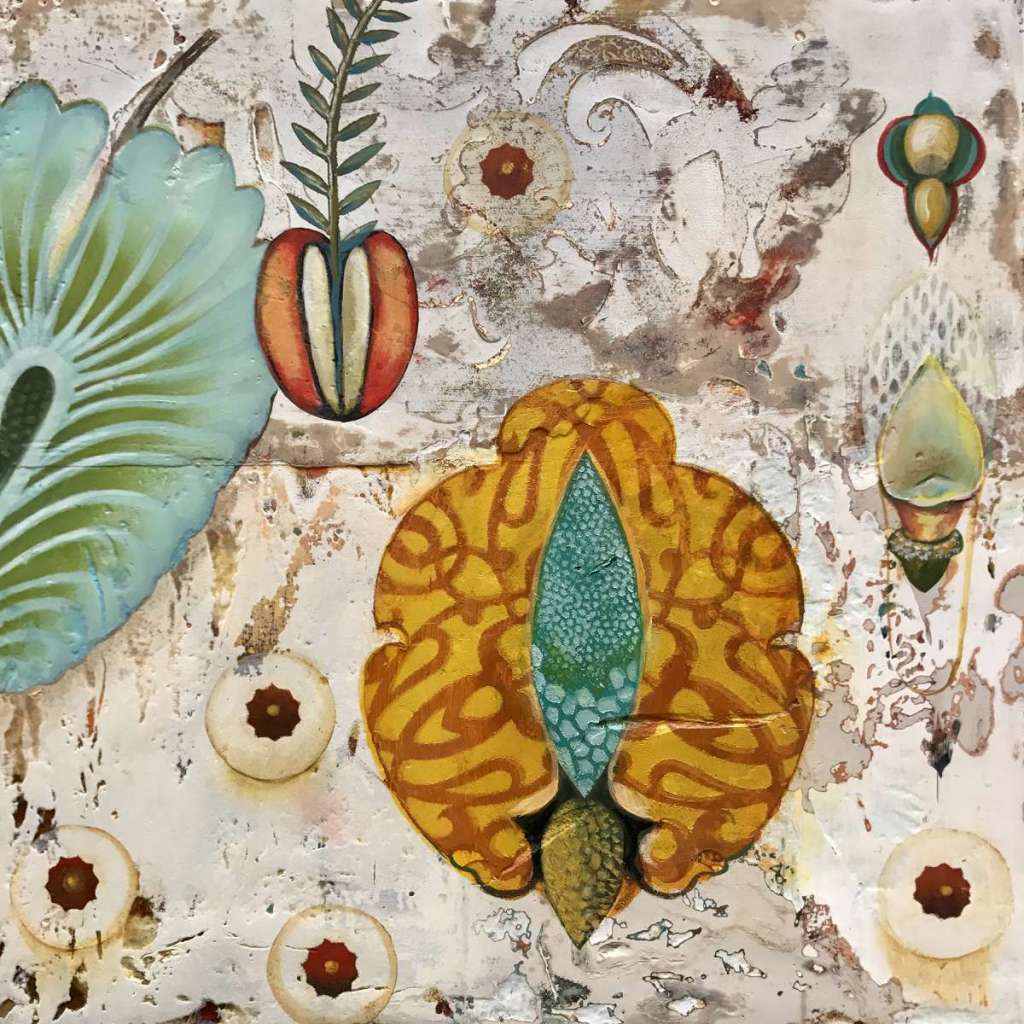
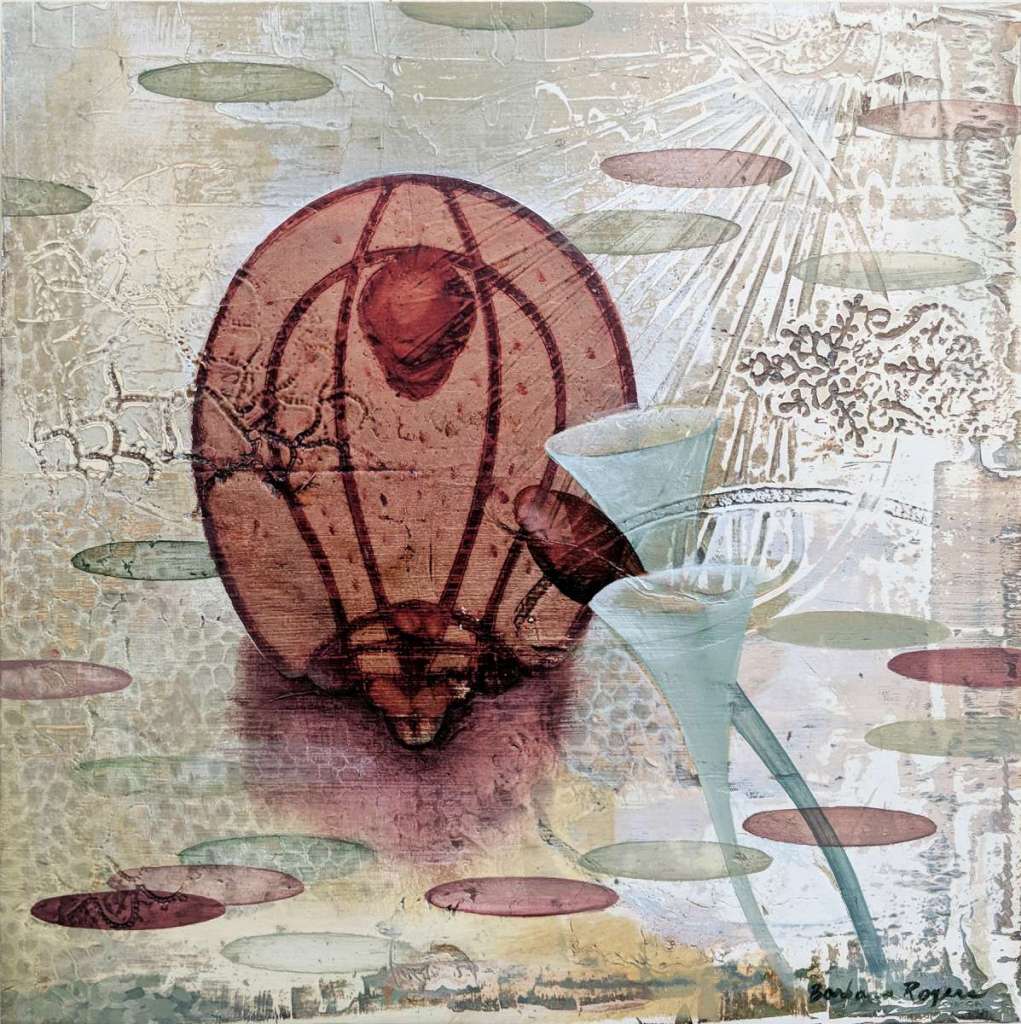
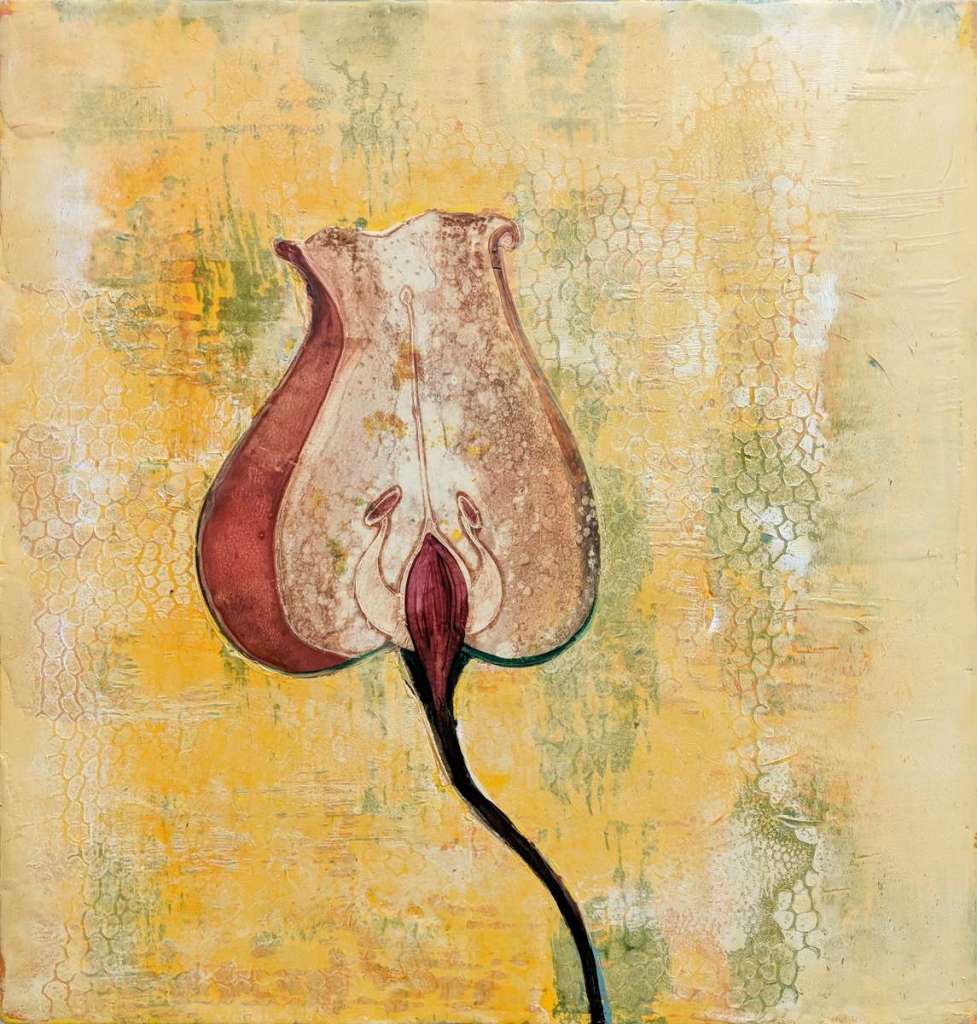
Ornamental shapes from other cultures and patterns enable me to find a variety of more interesting forms, ideas, and structures than I could dream up by myself. I look for ideas in nature that conform to the painting ideas I have developed from years of painting and teaching. Still, I don’t place too much value on subject matter. My painting ideas come as much from art, travel and studying diverse cultures as from nature.
My paintings are abstract in the sense that they depart from representational accuracy.
I often select and then exaggerate or simplify botanical forms that are suggested in the world around me especially in my own garden in Arizona.
Every painting I begin makes its own demands. The wonder of this dialogue with paint, color, form and space is what keeps me excited about working. My memories hold all that I have seen, heard and touched in this world. More time for travel and working in my own garden here in Tucson keep new ideas arriving constantly! All the colors, shapes and forms I have experienced are stored and ready to be drawn upon when I am working. When I paint, I am an explorer in the terrain of my own psyche discovering what will emerge as the work develops.”
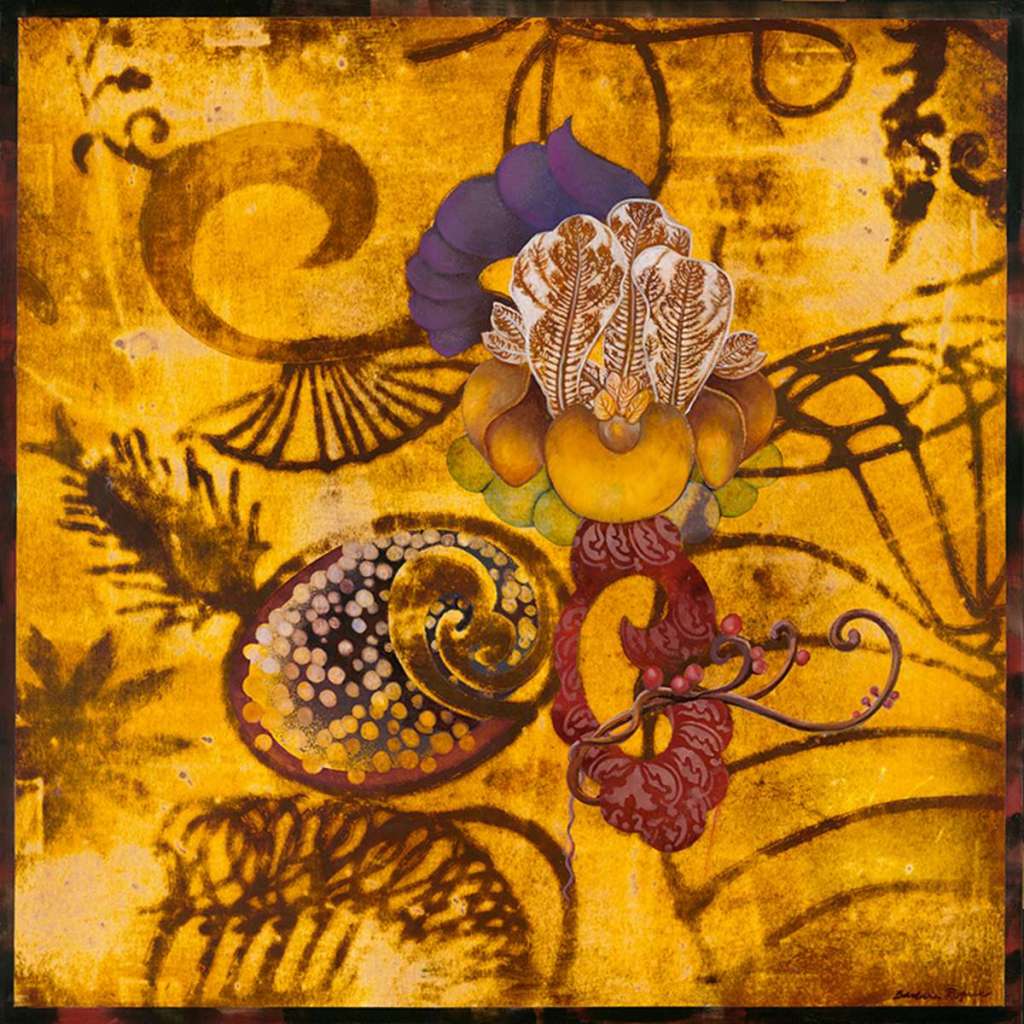
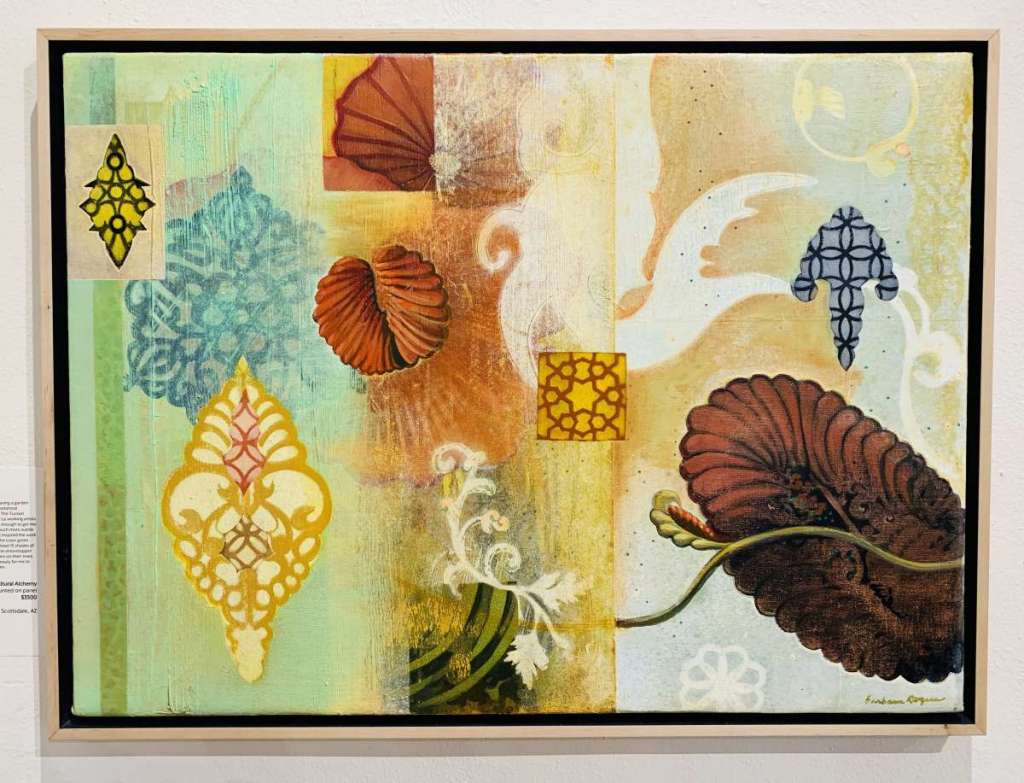
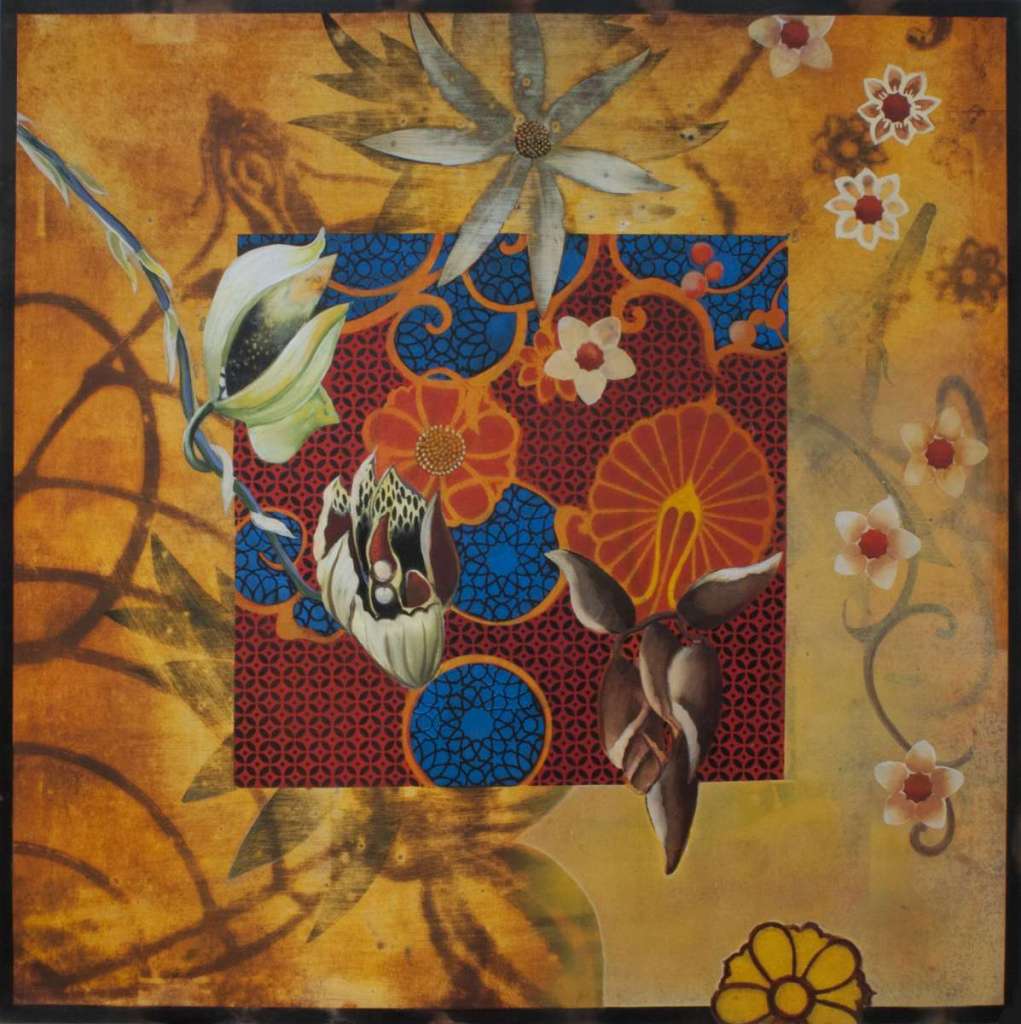
Barbara Rogers UA Museum
Barbara Rogers – Allure
Barbara Rogers: The Imperative of Beauty
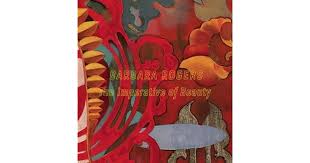
to learn more about Barbara Rogers go to: https://www.barbararogersart.com/
[/expand]
Susan Libby

Agave Garden
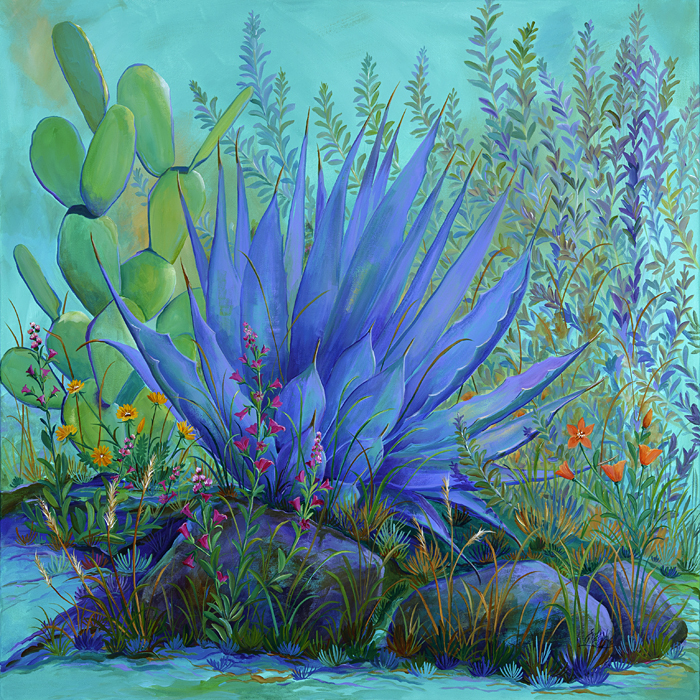
Desert Garden
“Through a pallet of beautiful blues, representing the cooler, fresh feel of spring, Desert Garden expresses the sleek sharp lines of the blue agave, blended with the softer desert marigold, penstemon, sage, poppy and grass habitat of the Sonoran Desert. This is my favorite combination in botanical and wild gardens, alike!”
More
to learn more about Susan Libby go to: http://www.susanlibbyart.com/
Mary Vaneecke
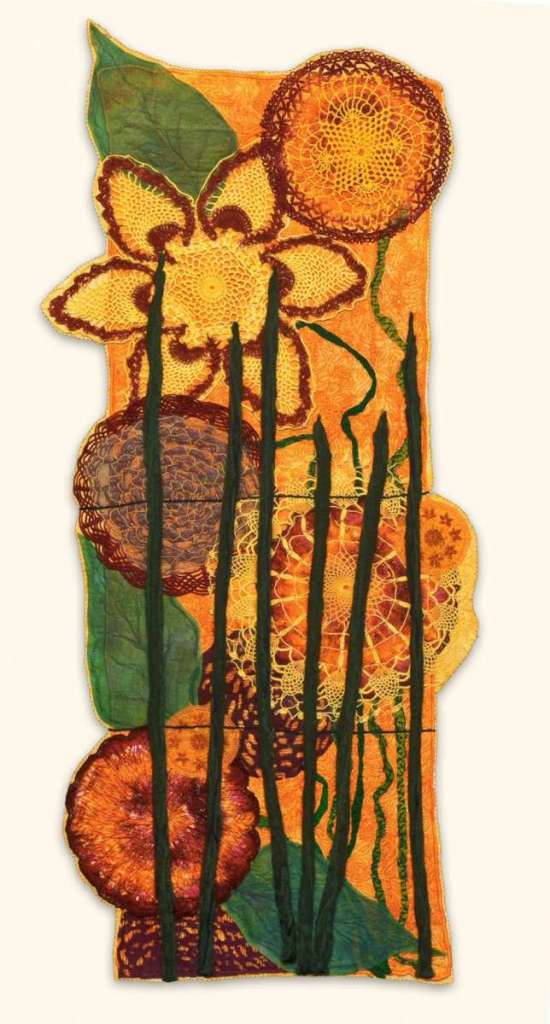
Abuela’s Garden
“Abuela is Spanish for grandmother. Abuela’s Garden is inspired by the
More
barrio gardens of my hometown, Tucson. They represent refuge, community, and memories of home many of the residents will never see again. I have incorporated new and vintage handworked textiles, window screen, and recycled sari ribbon, which are dyed, layered, and stitched to represent flowers. A hand-felted wool ocotillo fence surrounds Abuela’s colorful flowers.”
to learn more about Mary Vaneecke go to: https://maryvaneecke.com/
[expand title=”MORE ARTISTS” rel=”fiction”]
Carmen Nashboo
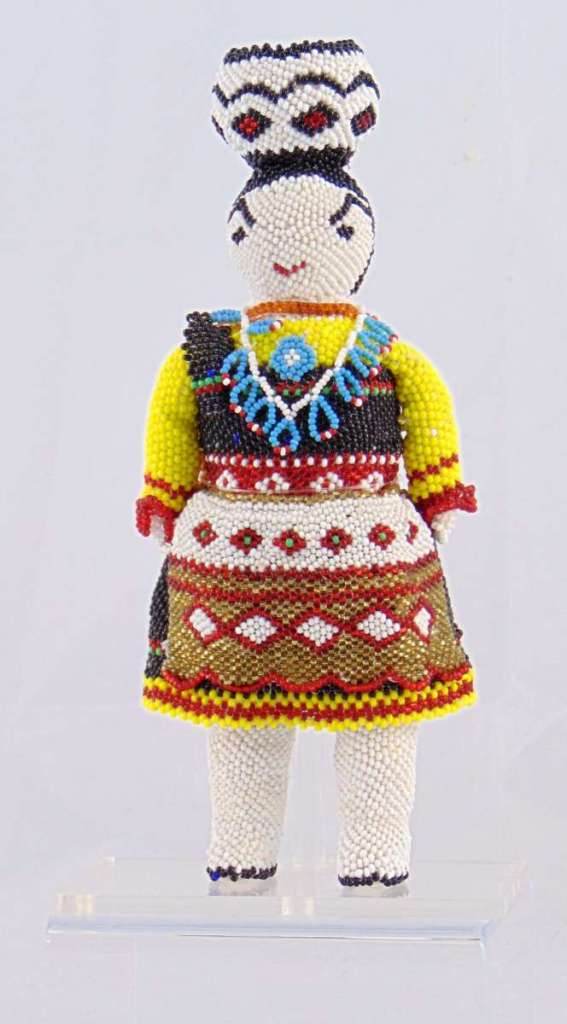
Beaded Olla Maiden
This beaded doll represents an Olla Maiden, or pot maiden. An Olla Maiden carries a
More
pot on her head because she is responsible for bringing water back to the tribe. The Zuni believe that everything is balanced, like the olla on the maidens head. The piece is made with peyote stitch, also known as gourd stitch, which allows the artist to bead over a three-dimensional object. Zuni artists began to create beaded pieces with the encouragement of trader C.G. Wallace, who introduced the art to them and promised it would be profitable. Tourists loved the unique look and hardy artwork that would not break on the return trip. This beaded style of artwork has become associated with Zuni artisans.
Erinn Kennedy
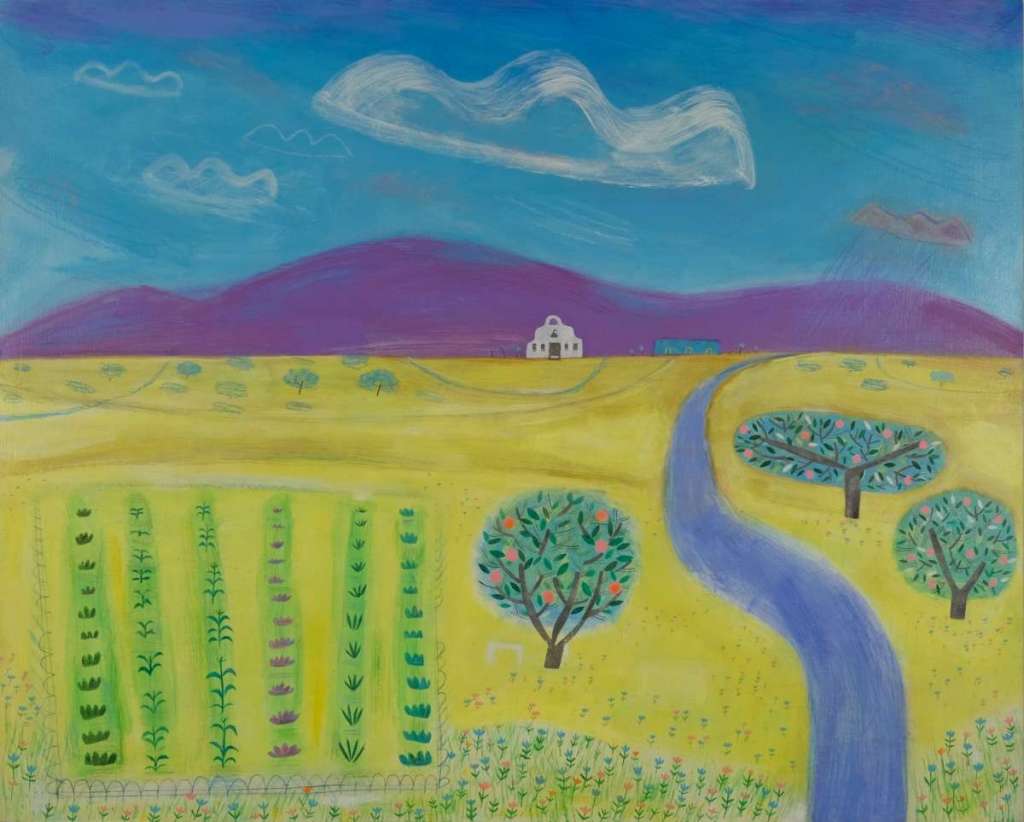
The Olla Maiden’s Garden
“Out of the many pieces in the Tohono Chul collection, I chose to respond to this beaded doll. Its bright colors, whimsical form and expressive face really caught my attention.
More
While working on preliminary drawings I began to see this doll as less of a static object and more like an animated character. So, I wondered – if this doll were in a film what would the scenery look like? It was then I decided to make a painting about the doll’s world rather than depict the doll itself.
From my research I learned that peach trees and corn were grown in gardens where this piece was made – on the Zuni Pueblo of New Mexico. I also found that the decorated jar, also known as an olla, placed on the doll’s head was used to carry water from a nearby river for watering gardens and other uses.
This painting shows a garden scene. The landscape is predominantly yellow and blue, as found in the doll’s dress and necklace. The many small flowers repeated in the foreground pay homage to the many small seed beads that were carefully stitched together to form this enchanting doll.”
to learn more about Erinn Kennedy go to: http://www.erinnkennedy.com/
[/expand]
Artists of Interest
Robert De Armond
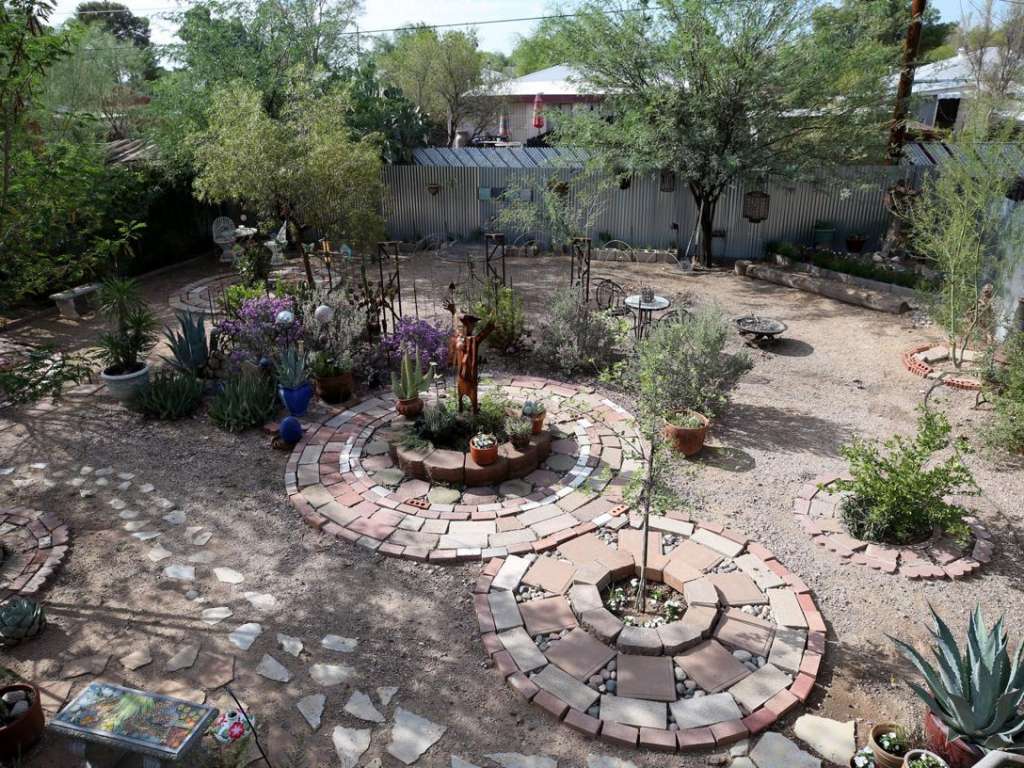
Promoting Conservation
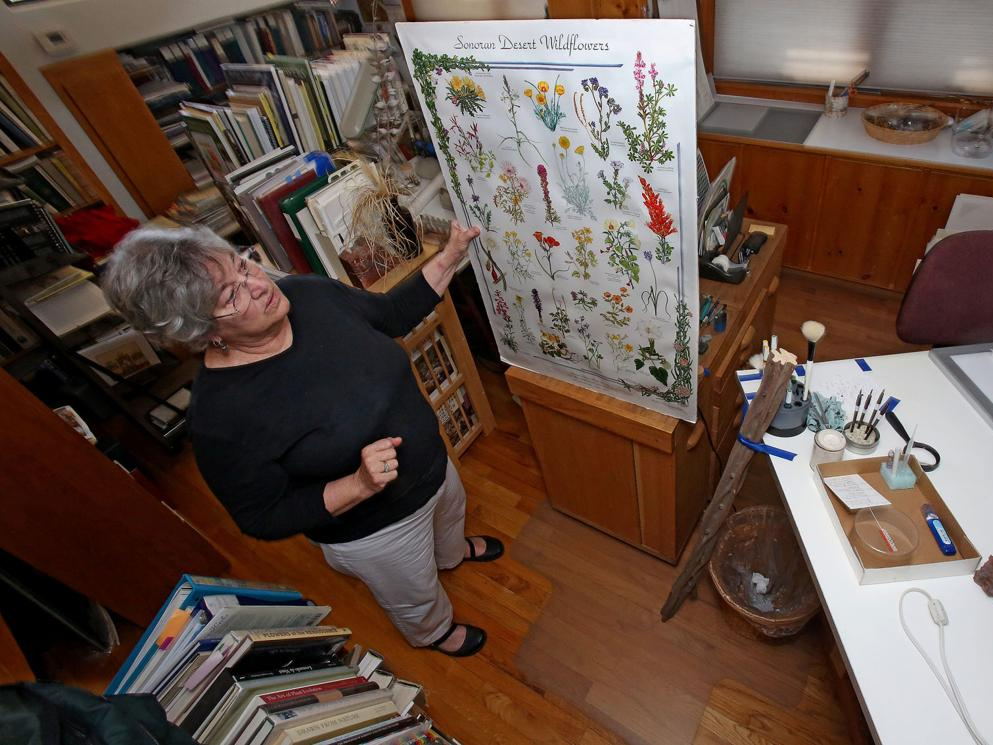
The Sonoran Desert Florilegium

Visit
Krutch Garden
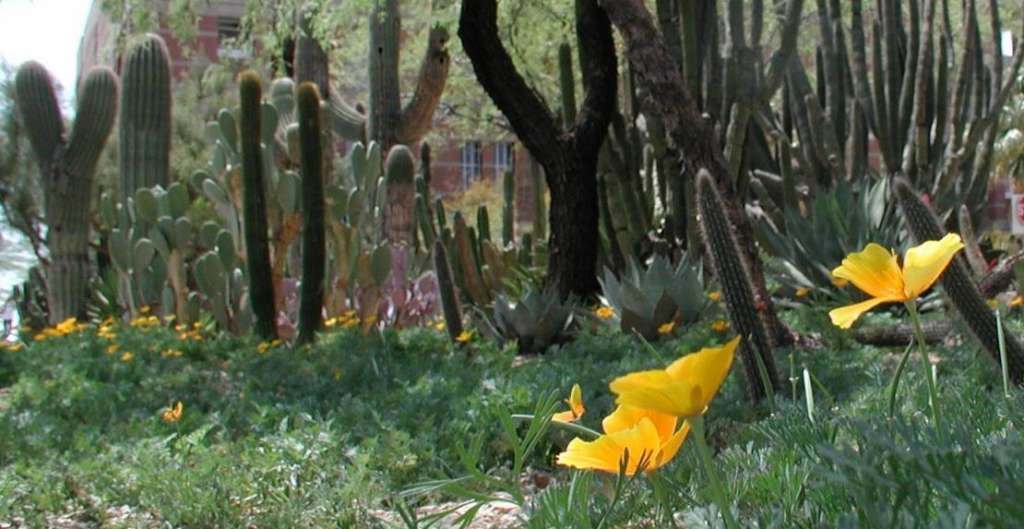
UA Minute in History: Joseph Wood Krutch Garden
Day 5 – Weekend Inspiration
DIY Fall Planter Boxes
18 Gorgeous Fall Window Boxes
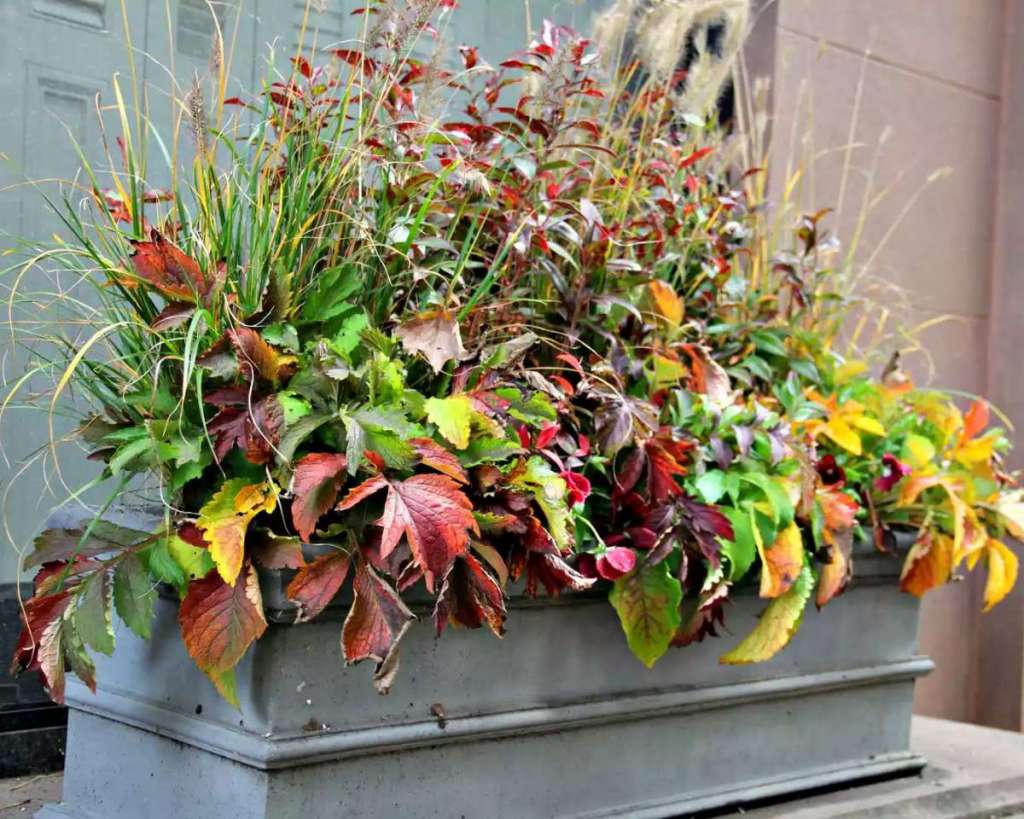
How to Build an Elevated Wooden Planter Box
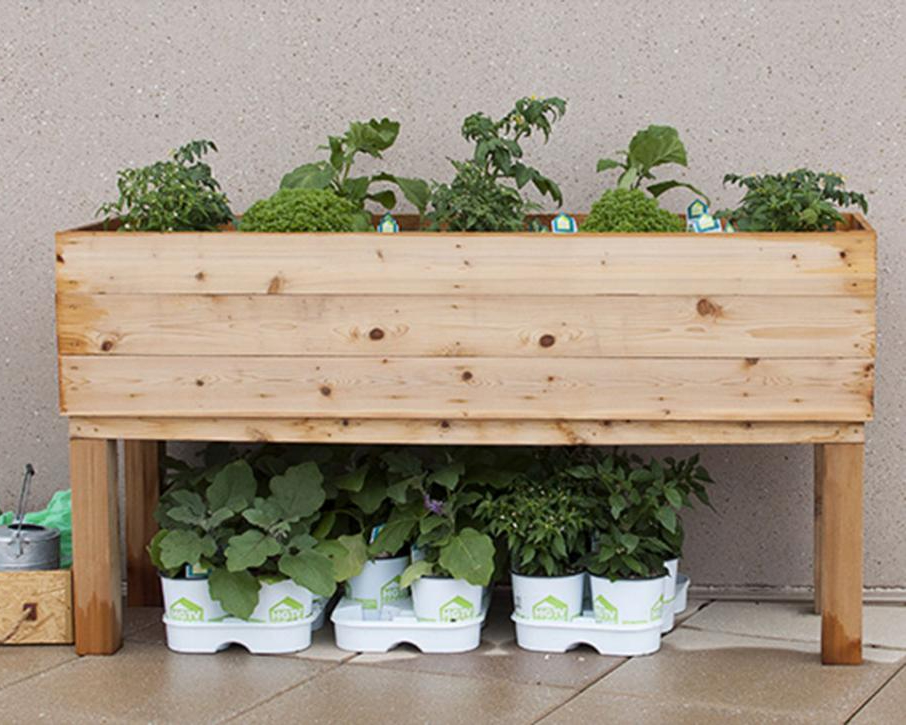
How to Make a Raised Planter Box
4 DIY Projects that can instantly improve your space
How to make an Outdoor planter ( with LED )
Create Your Garden Whimsy with These Tipsy Vertical Pot Planter
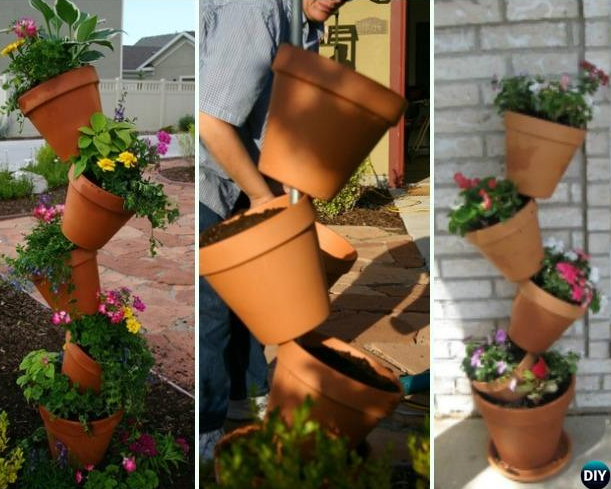
Next Week’s Theme
